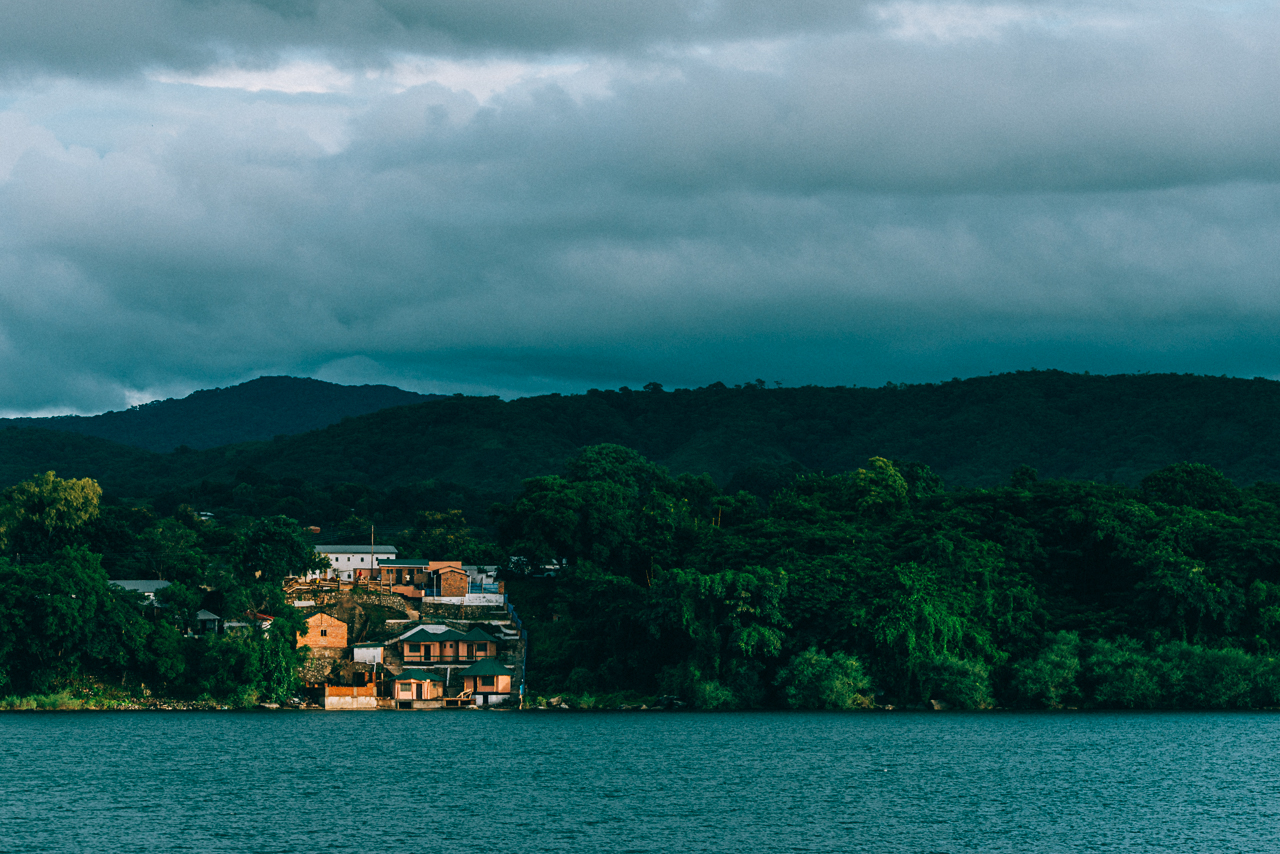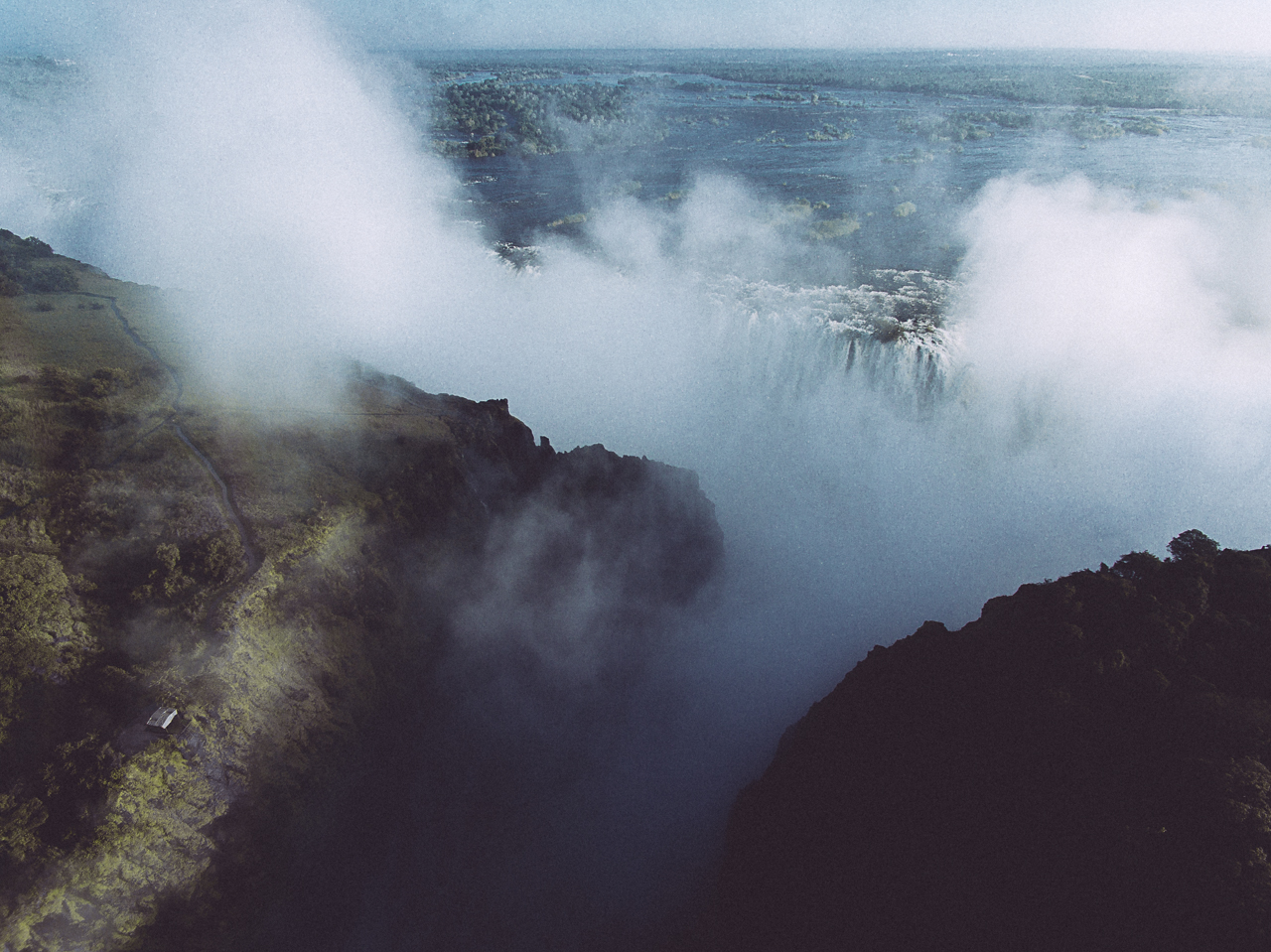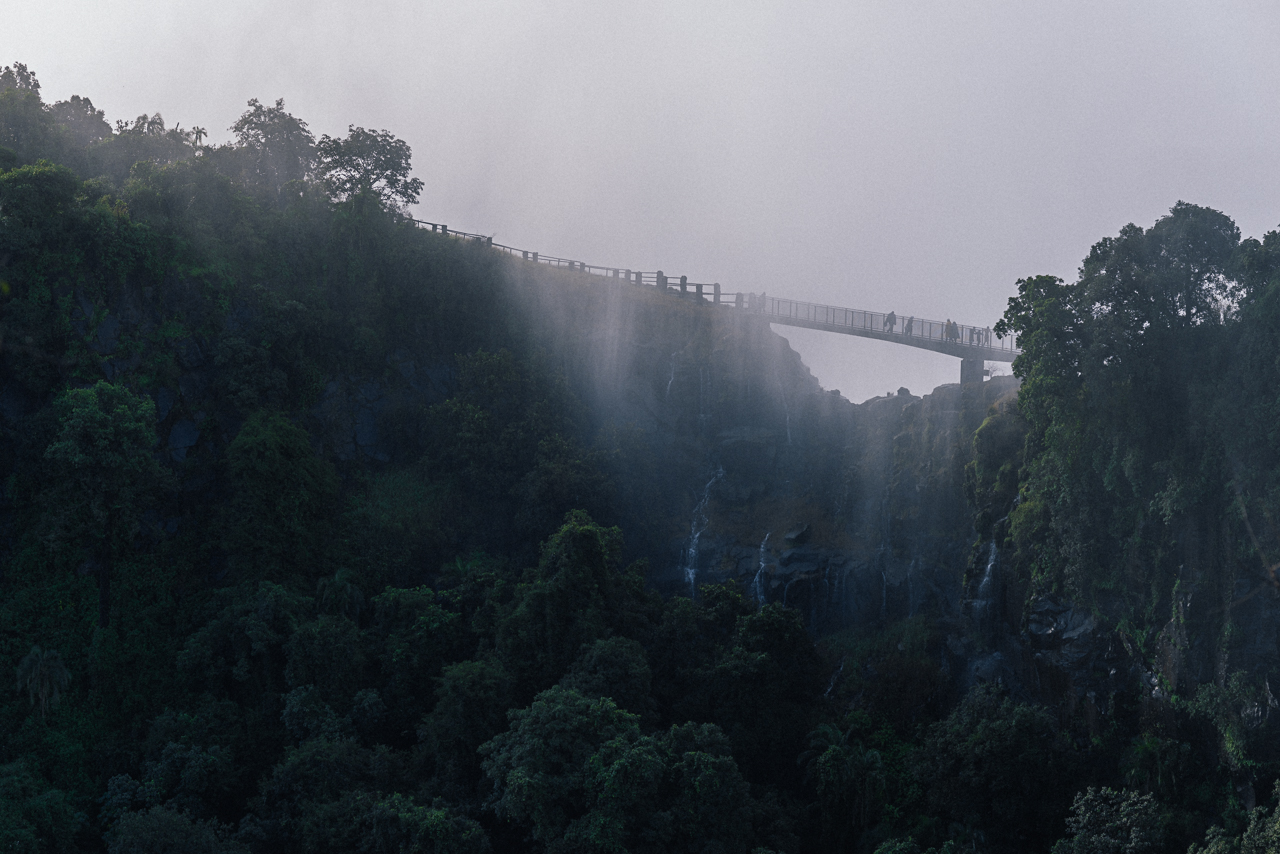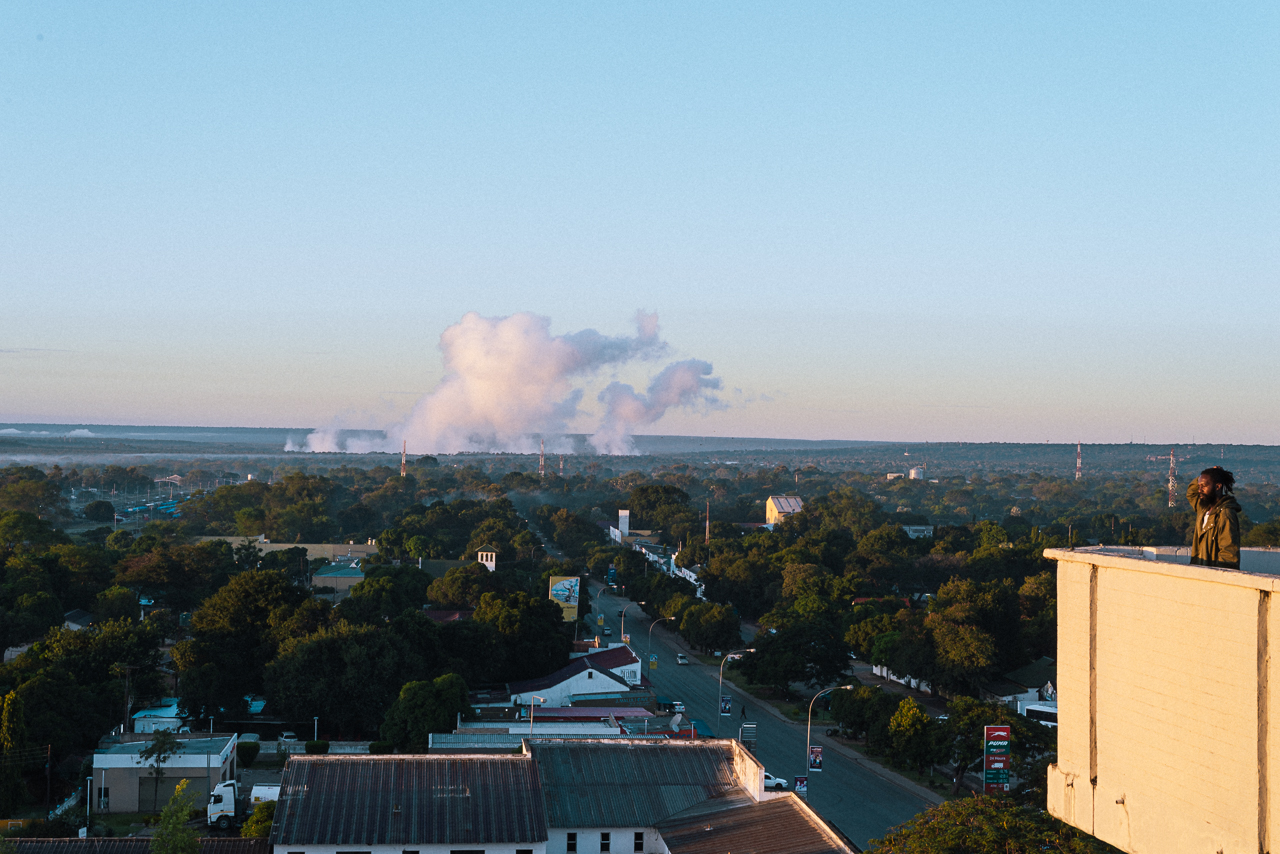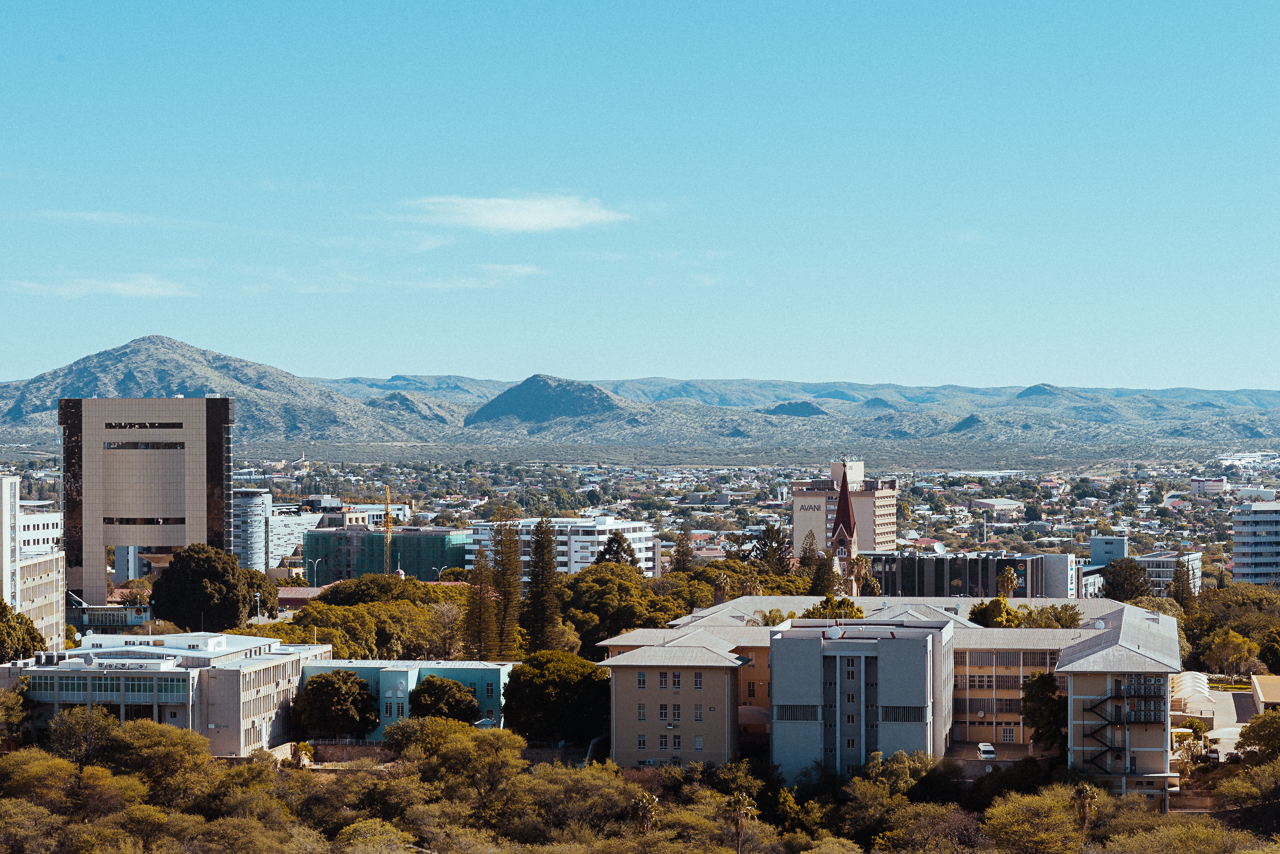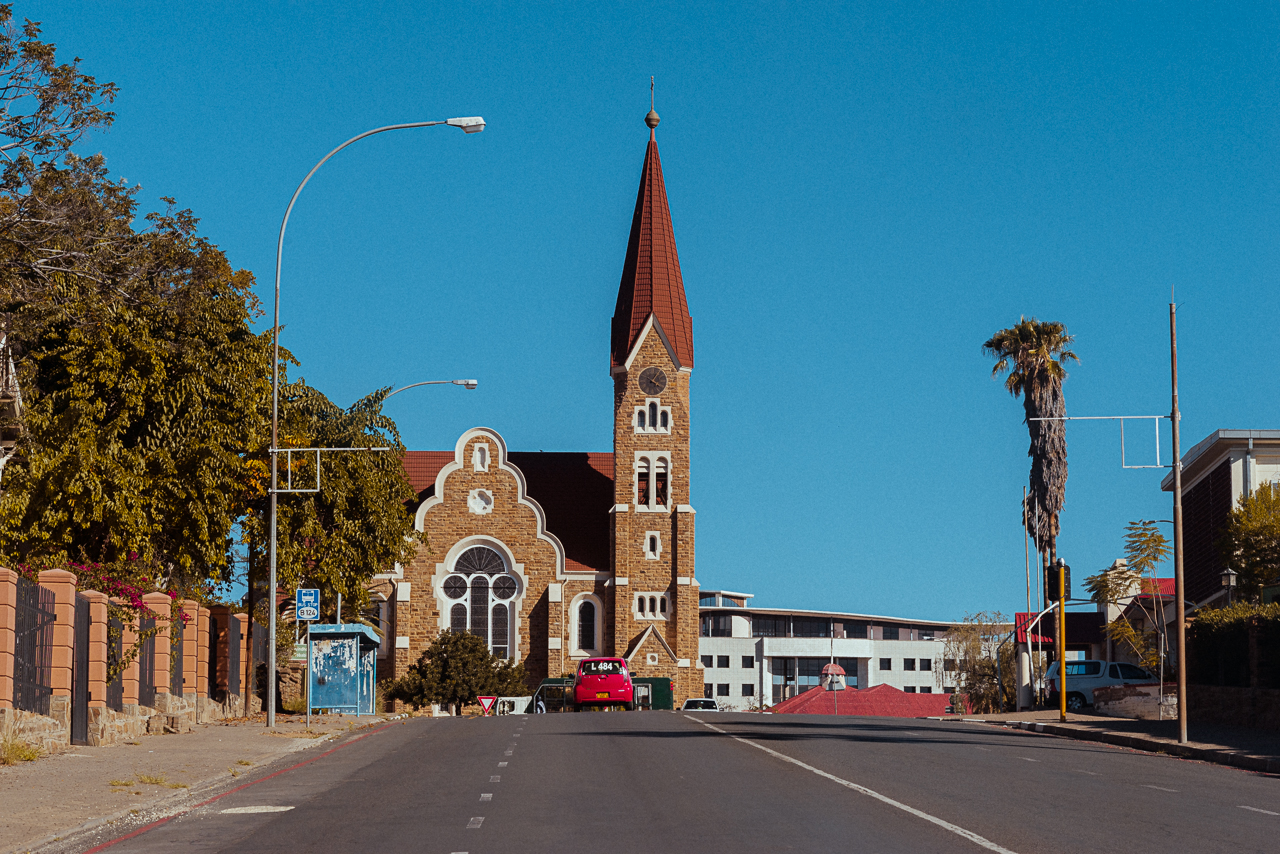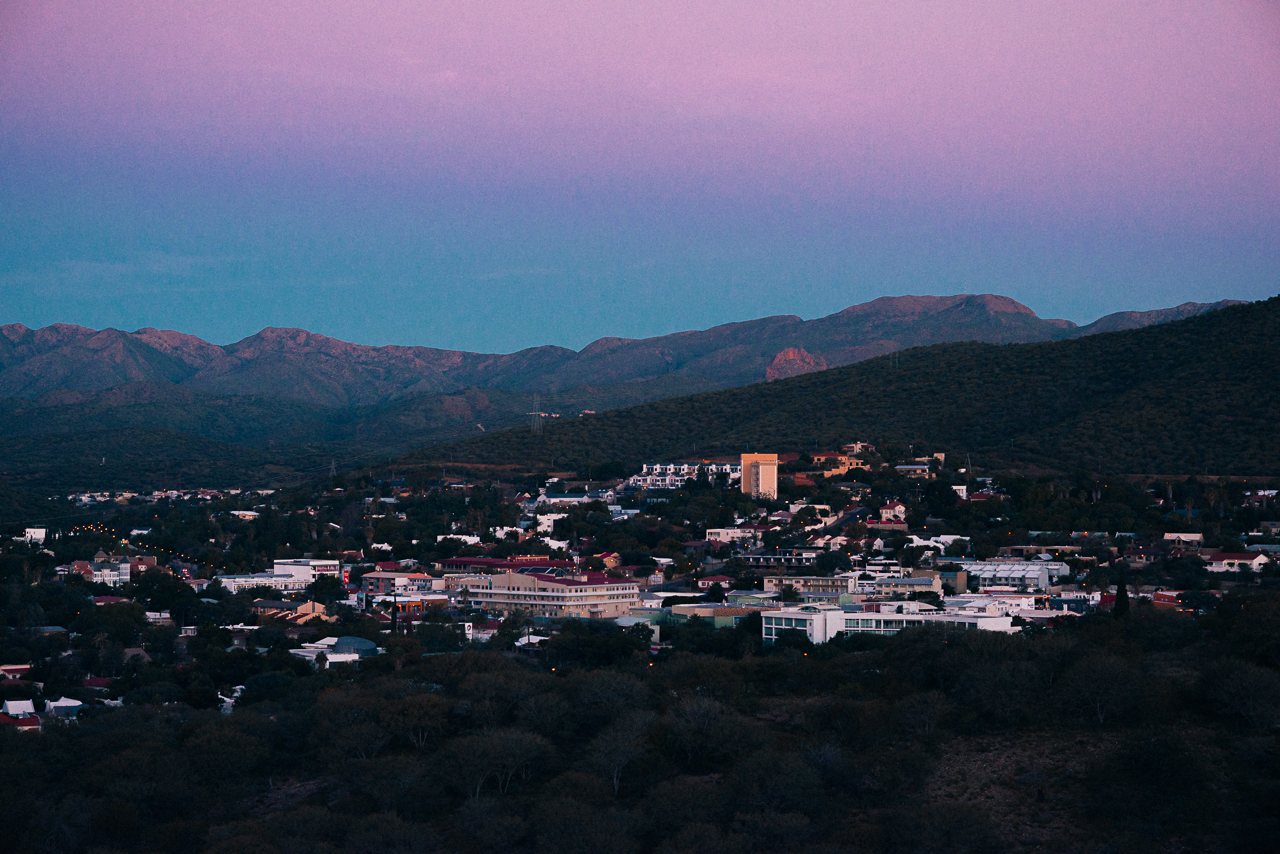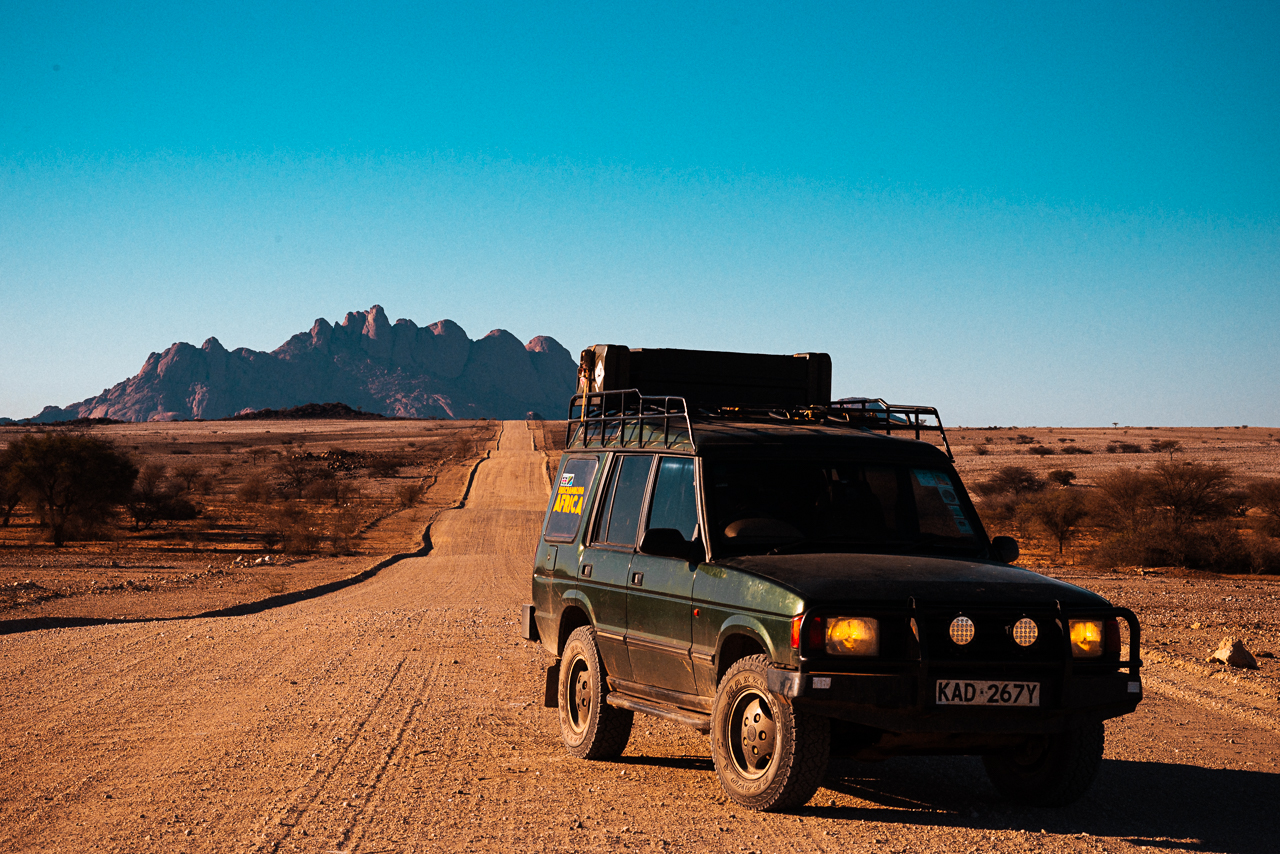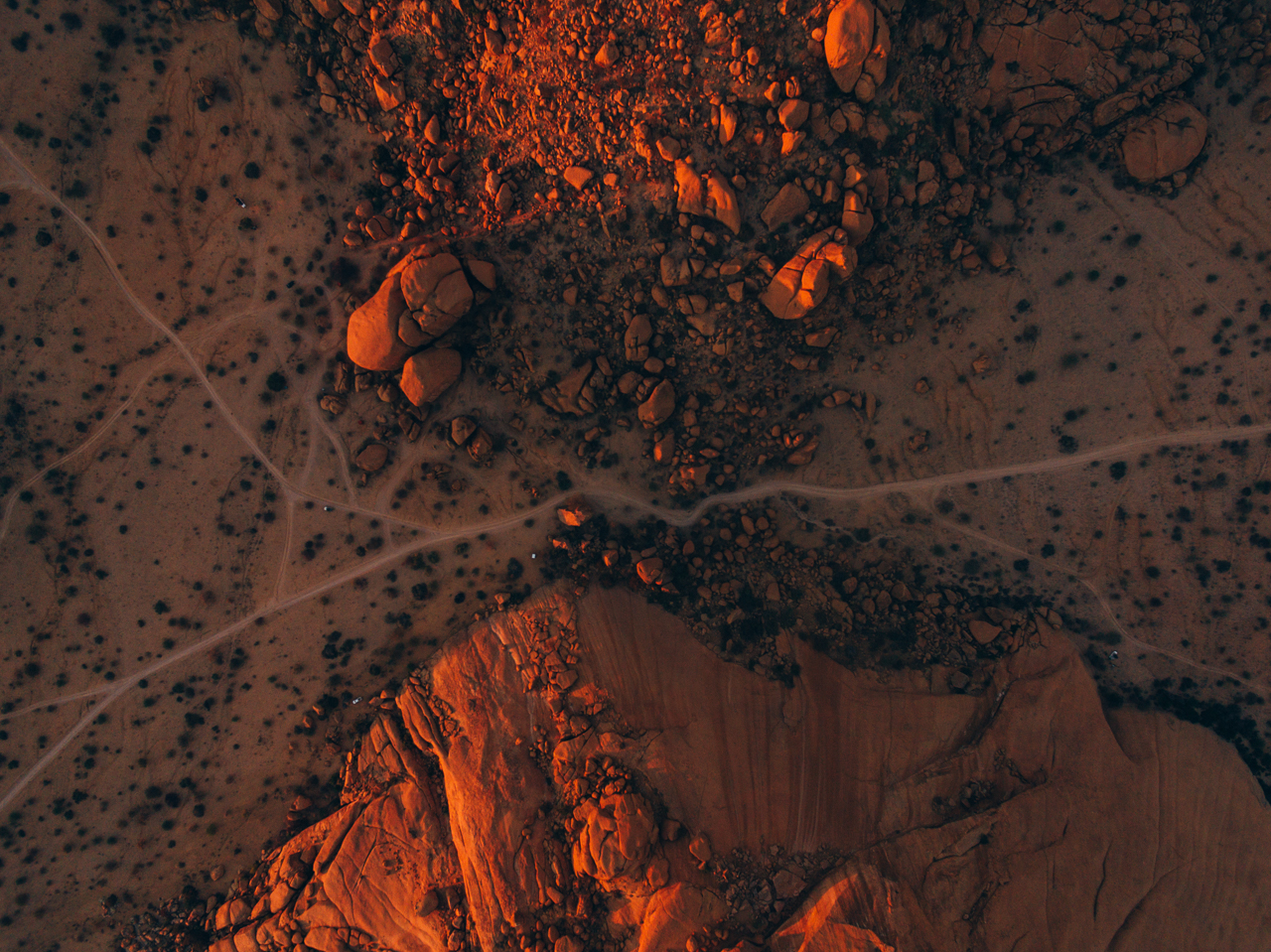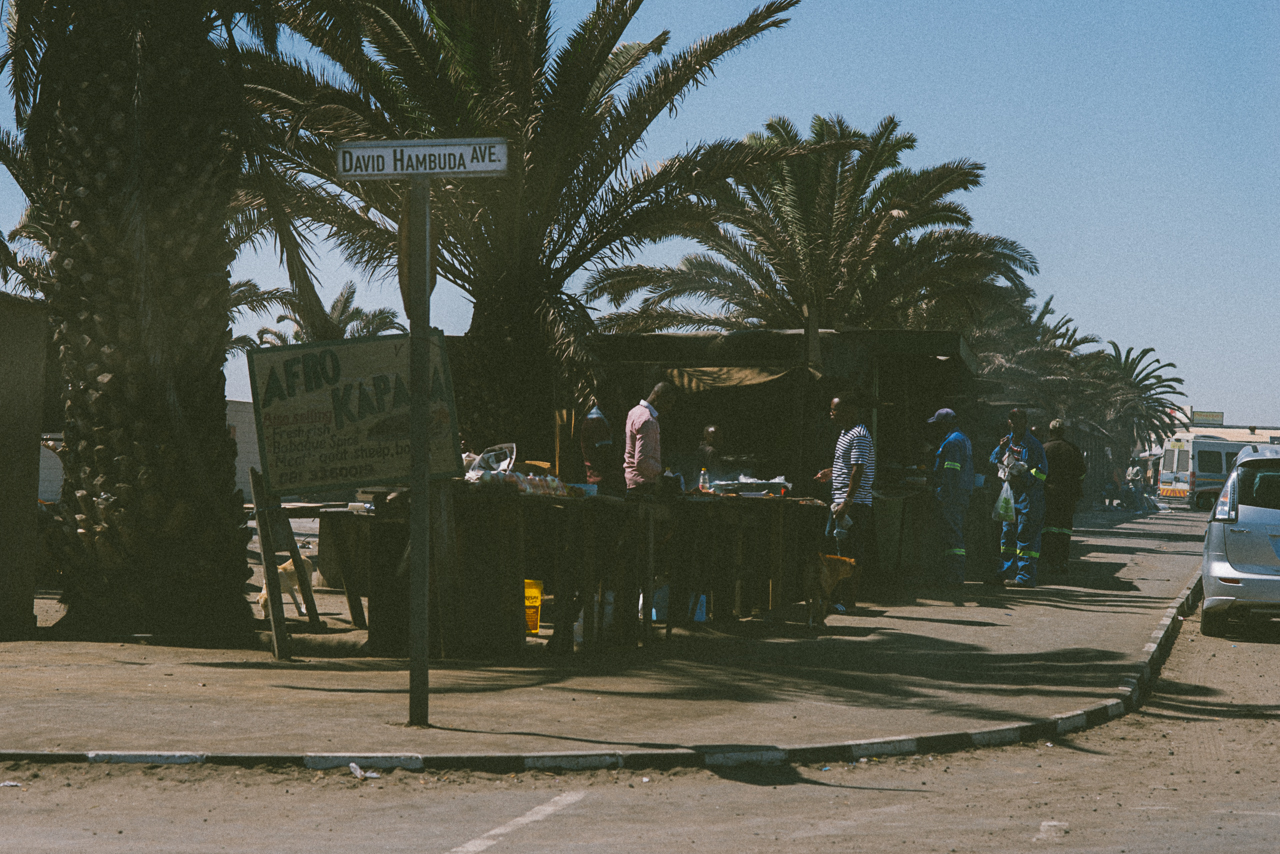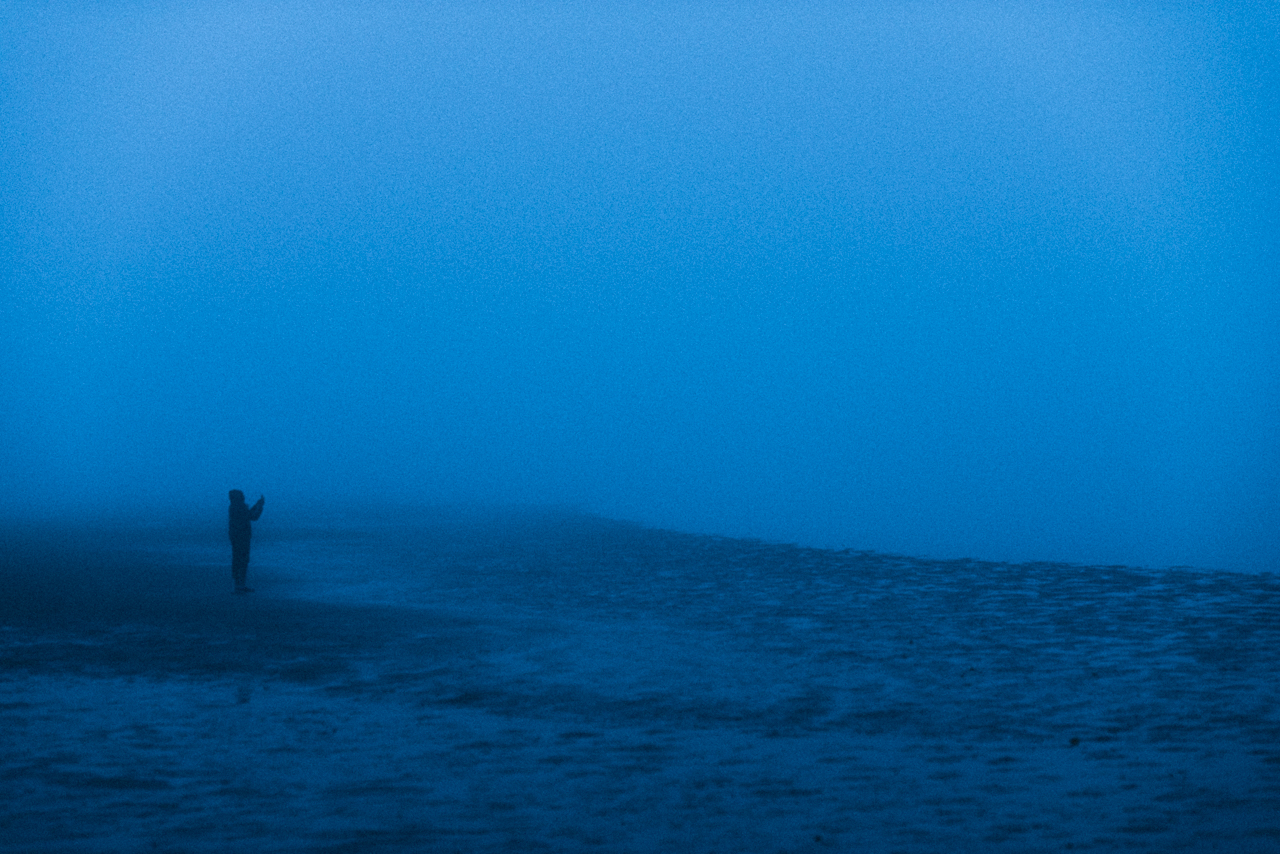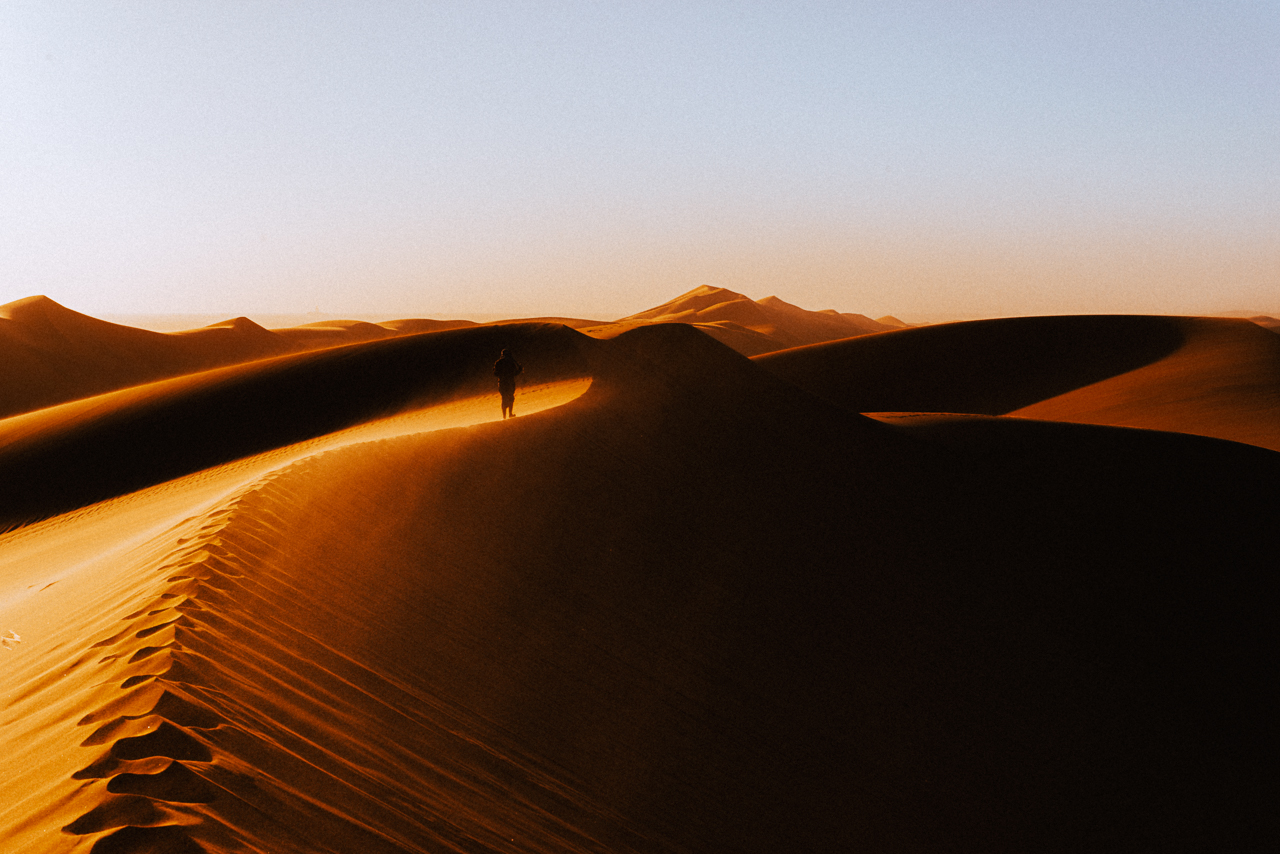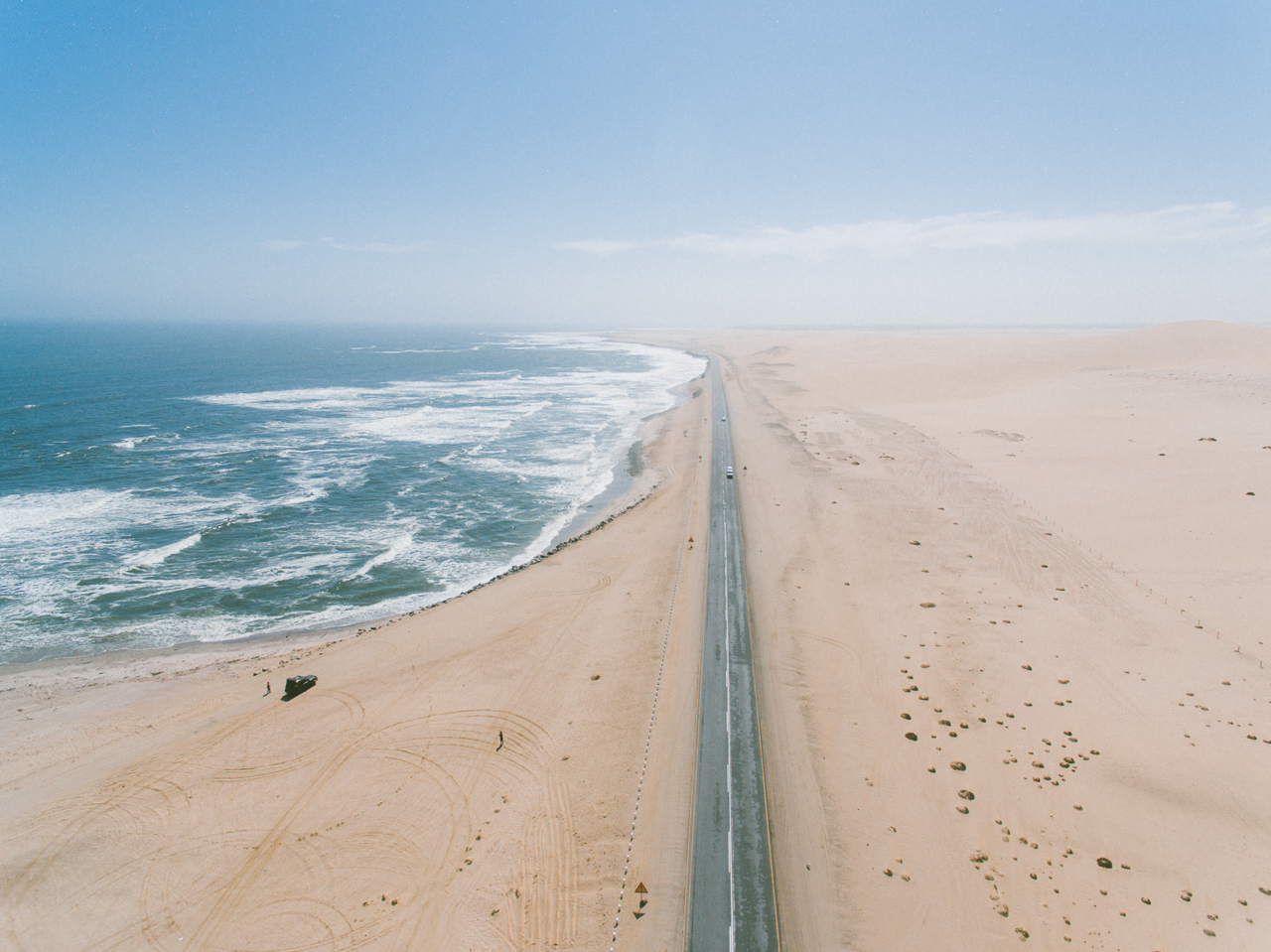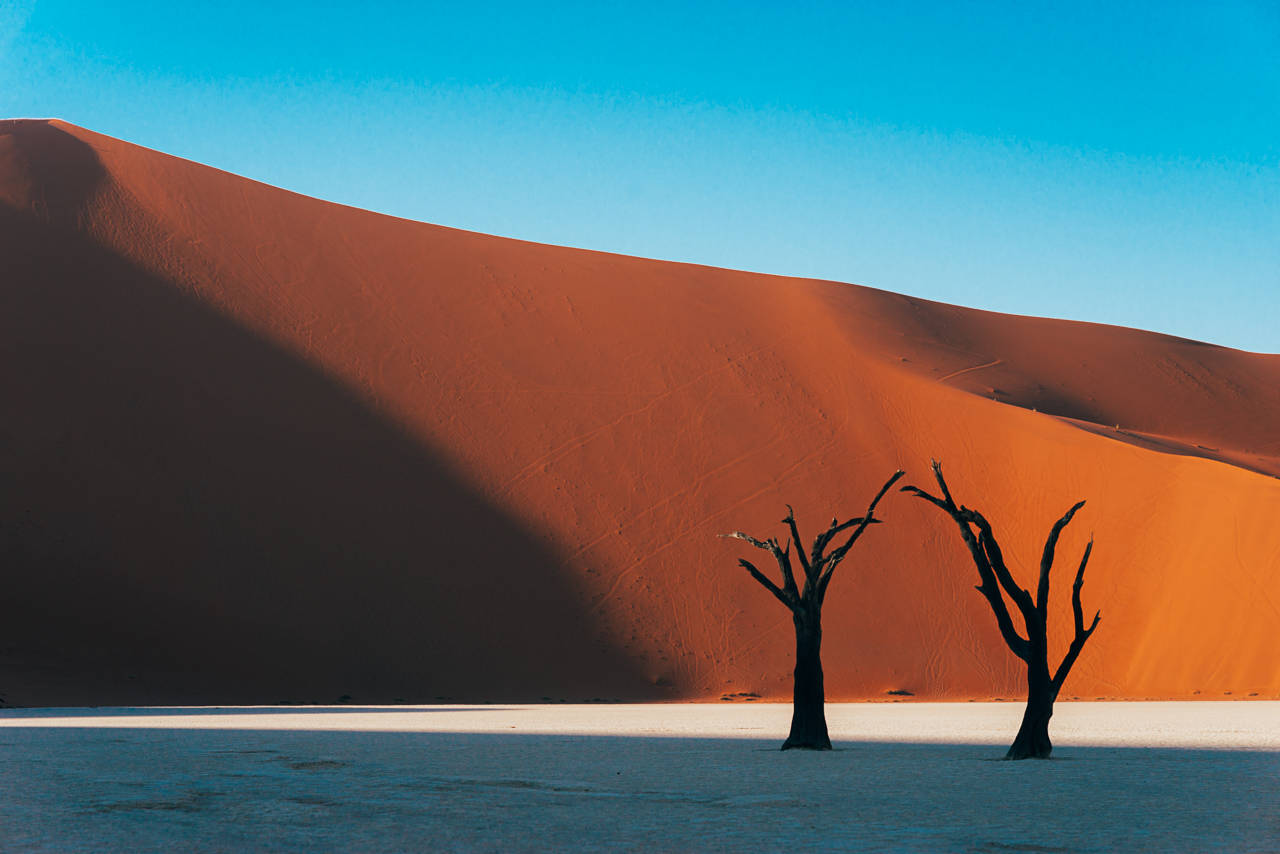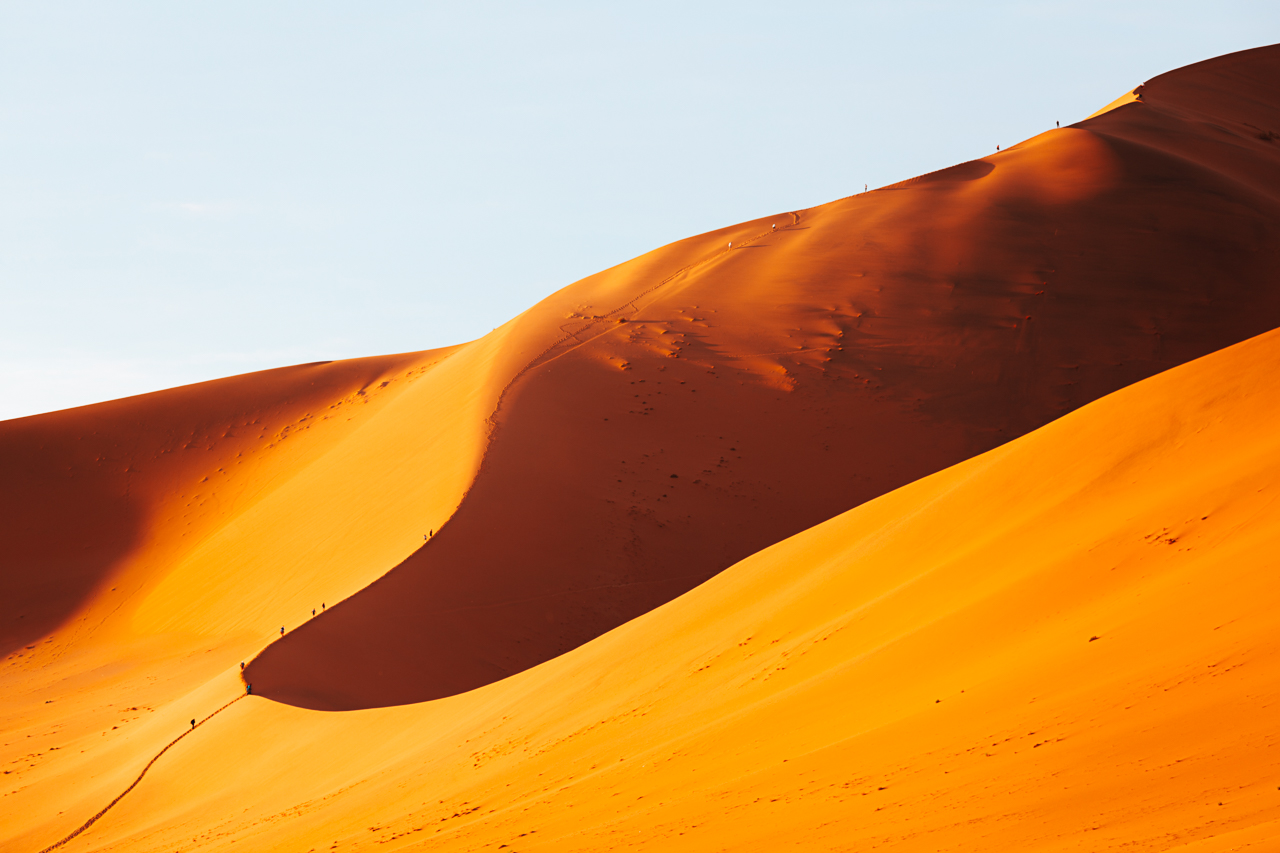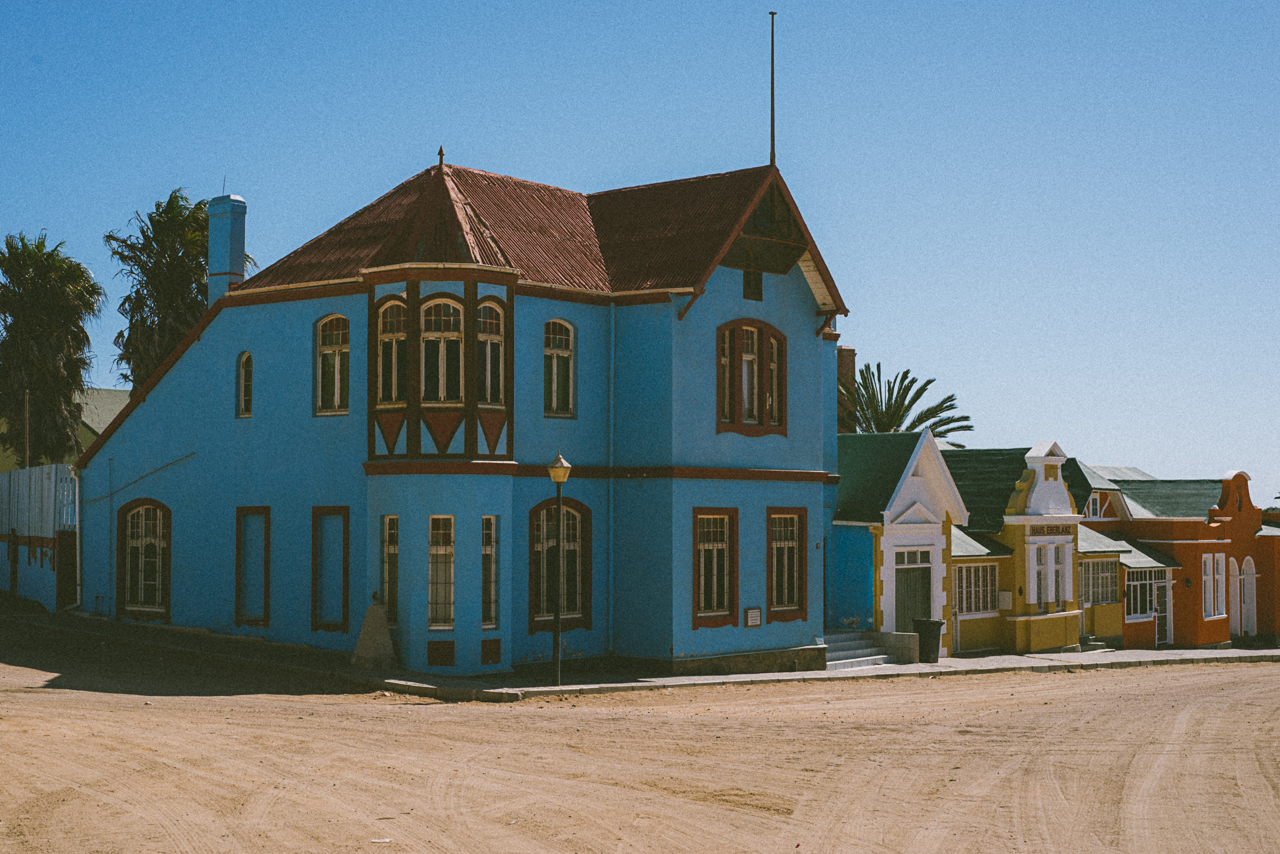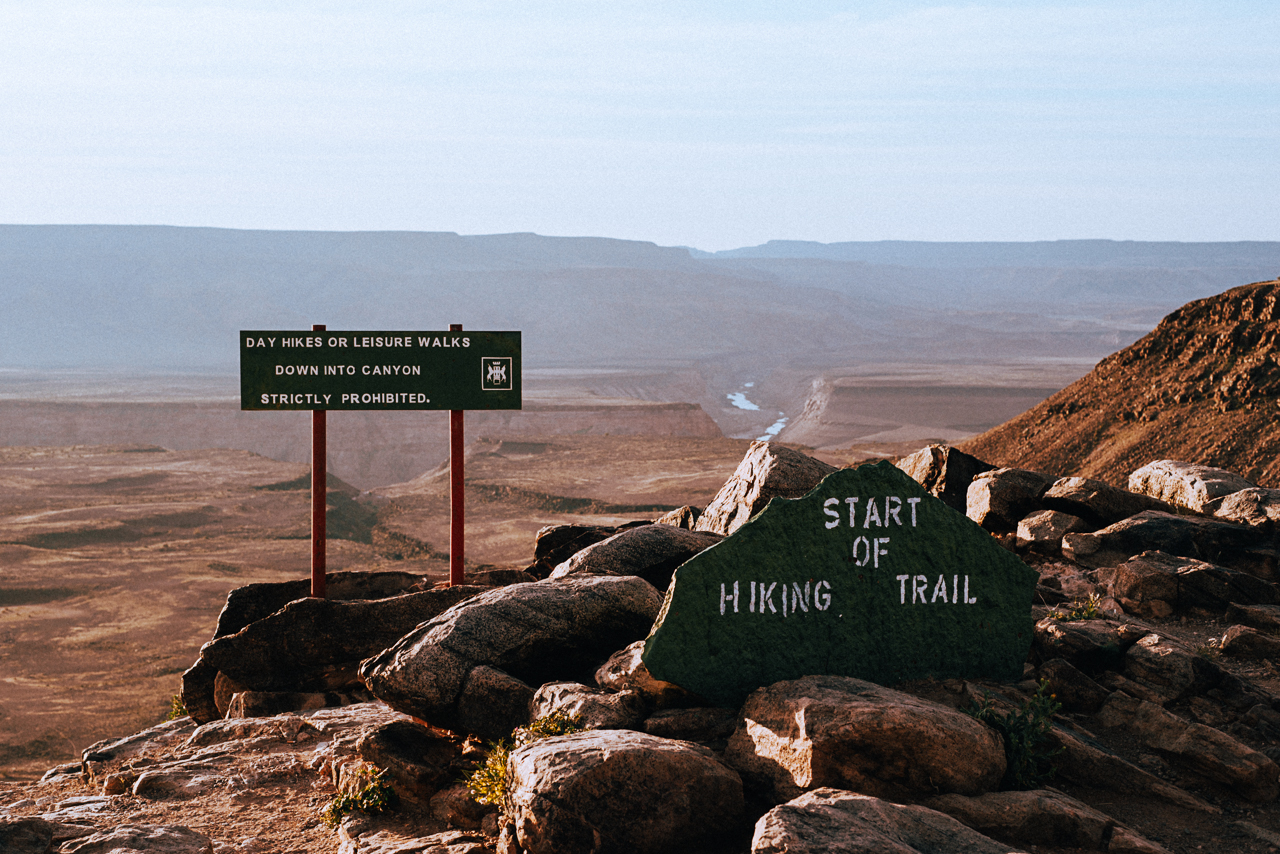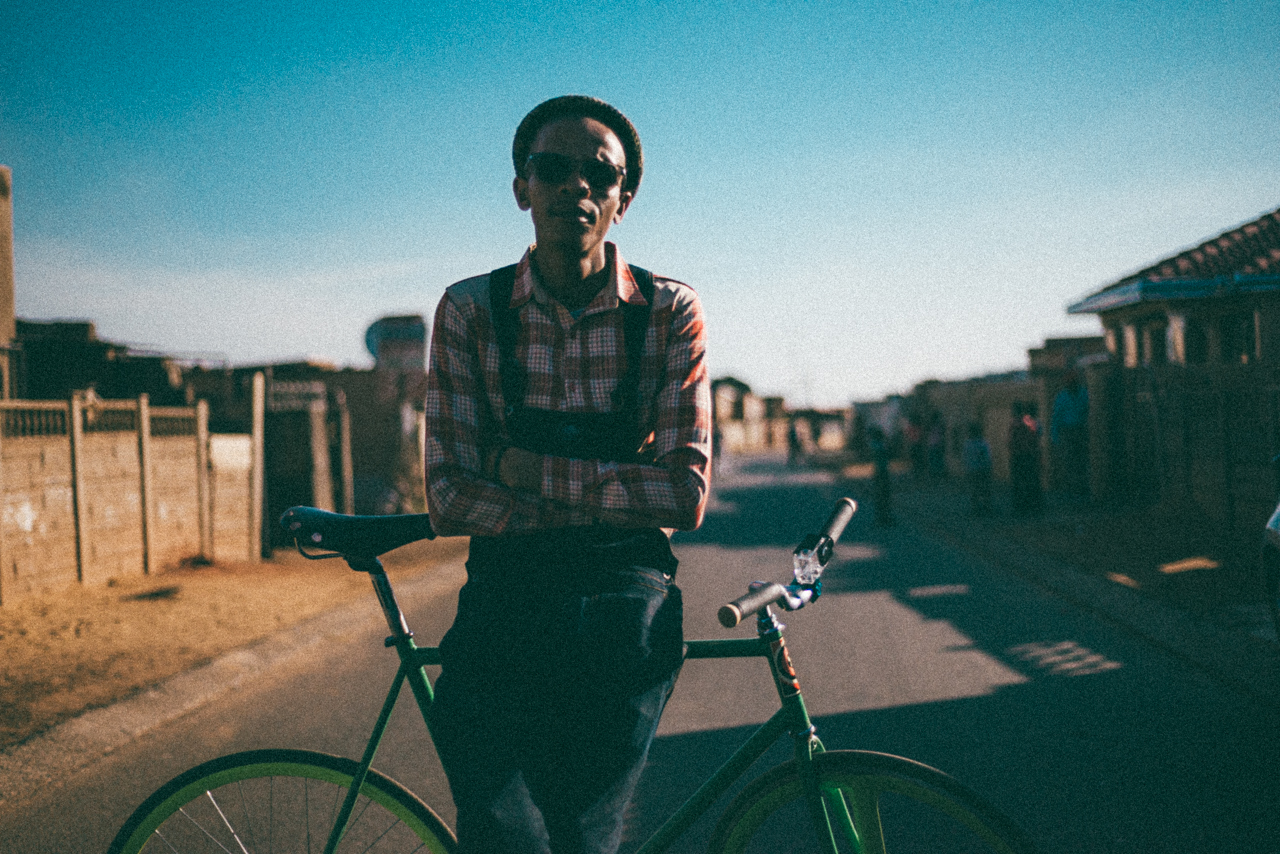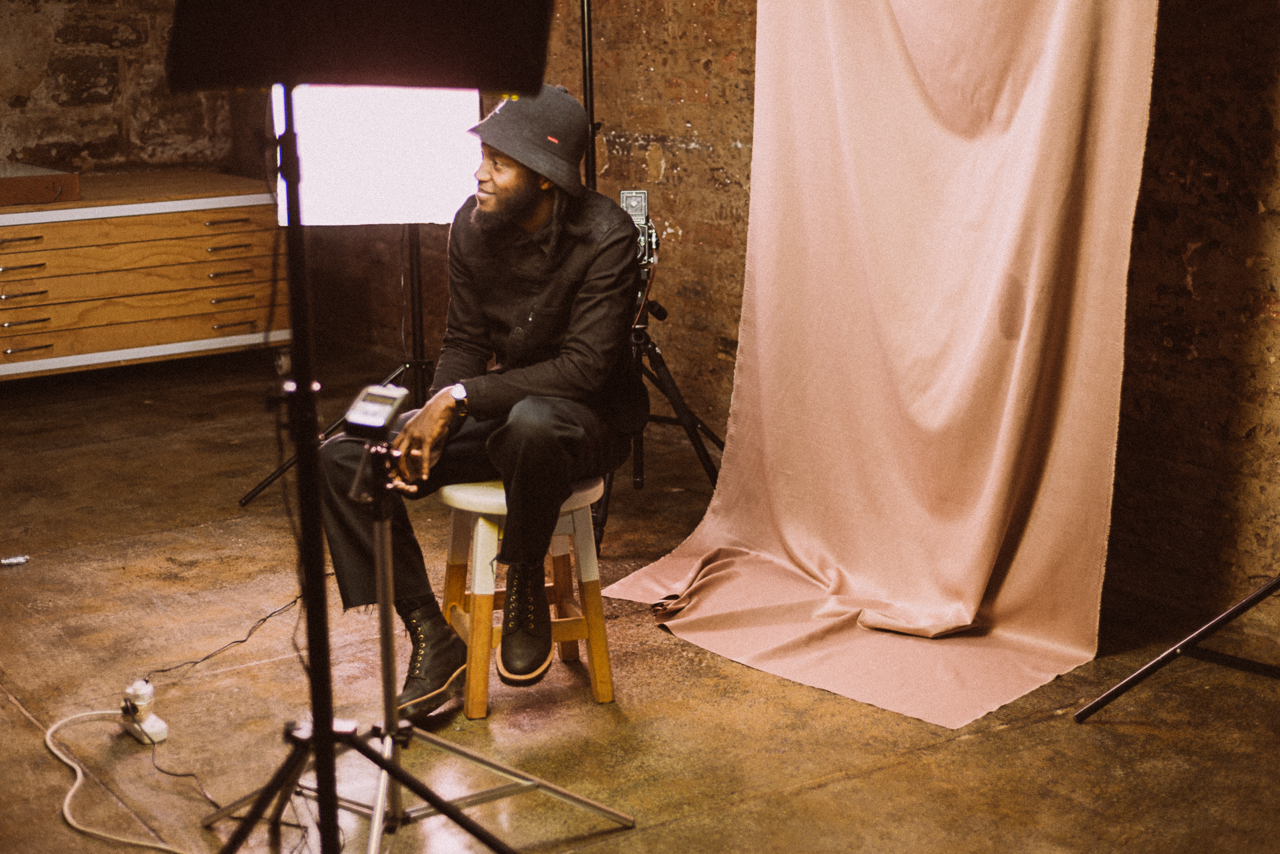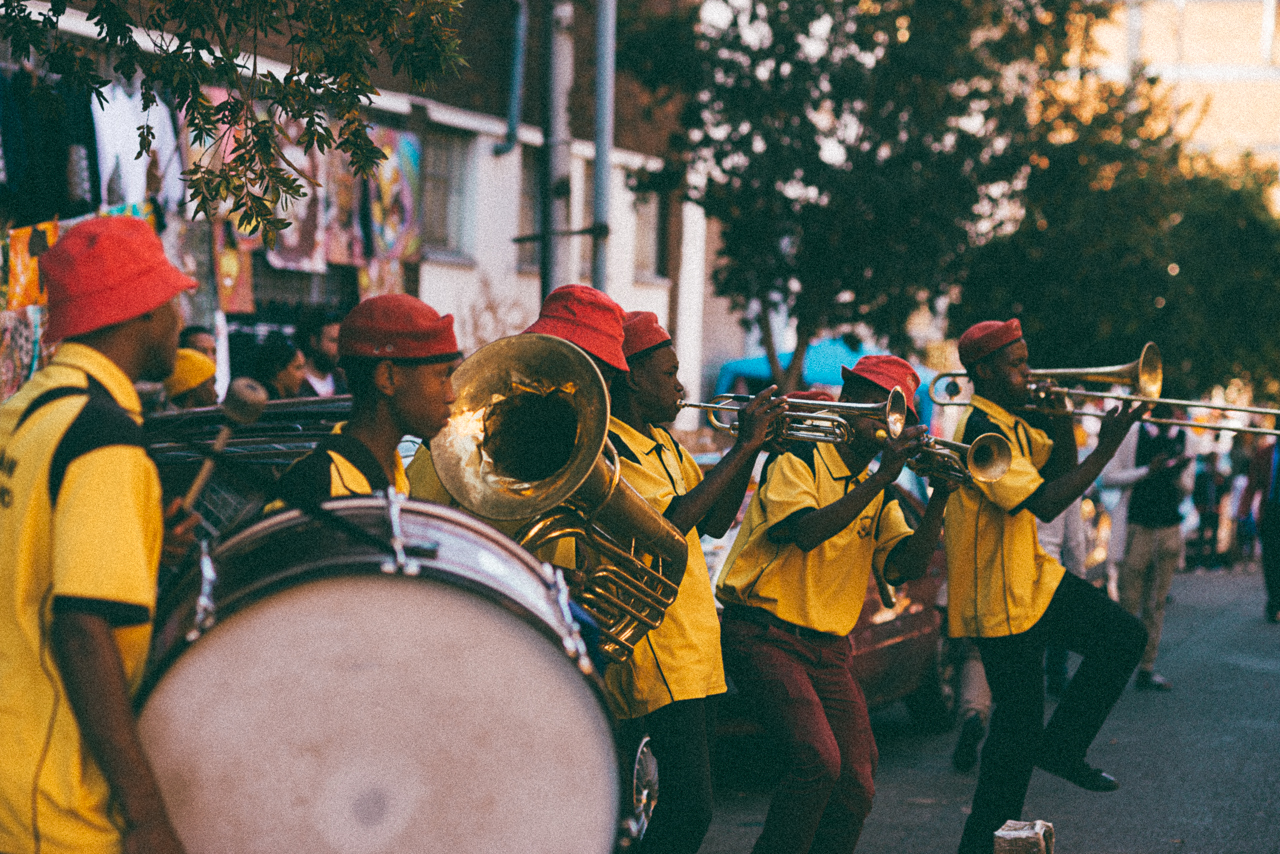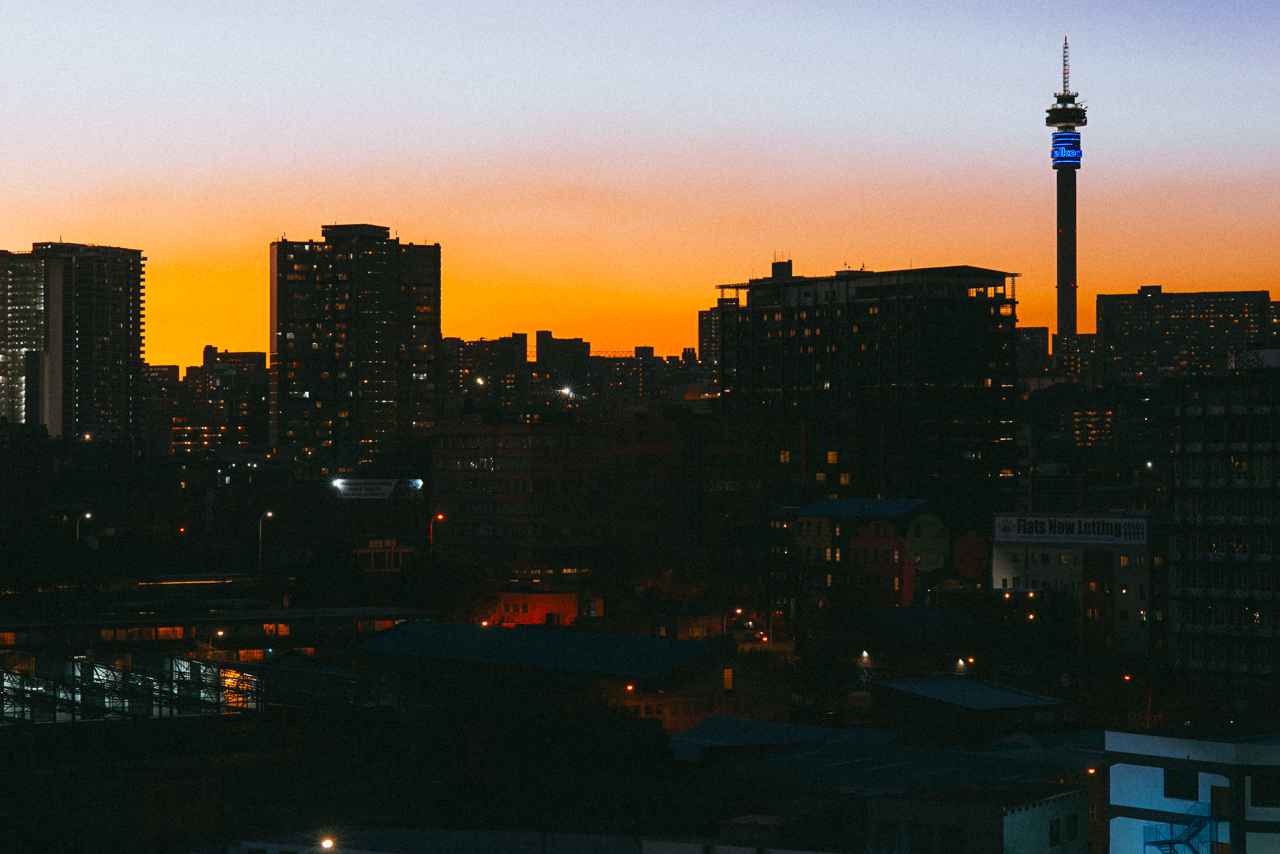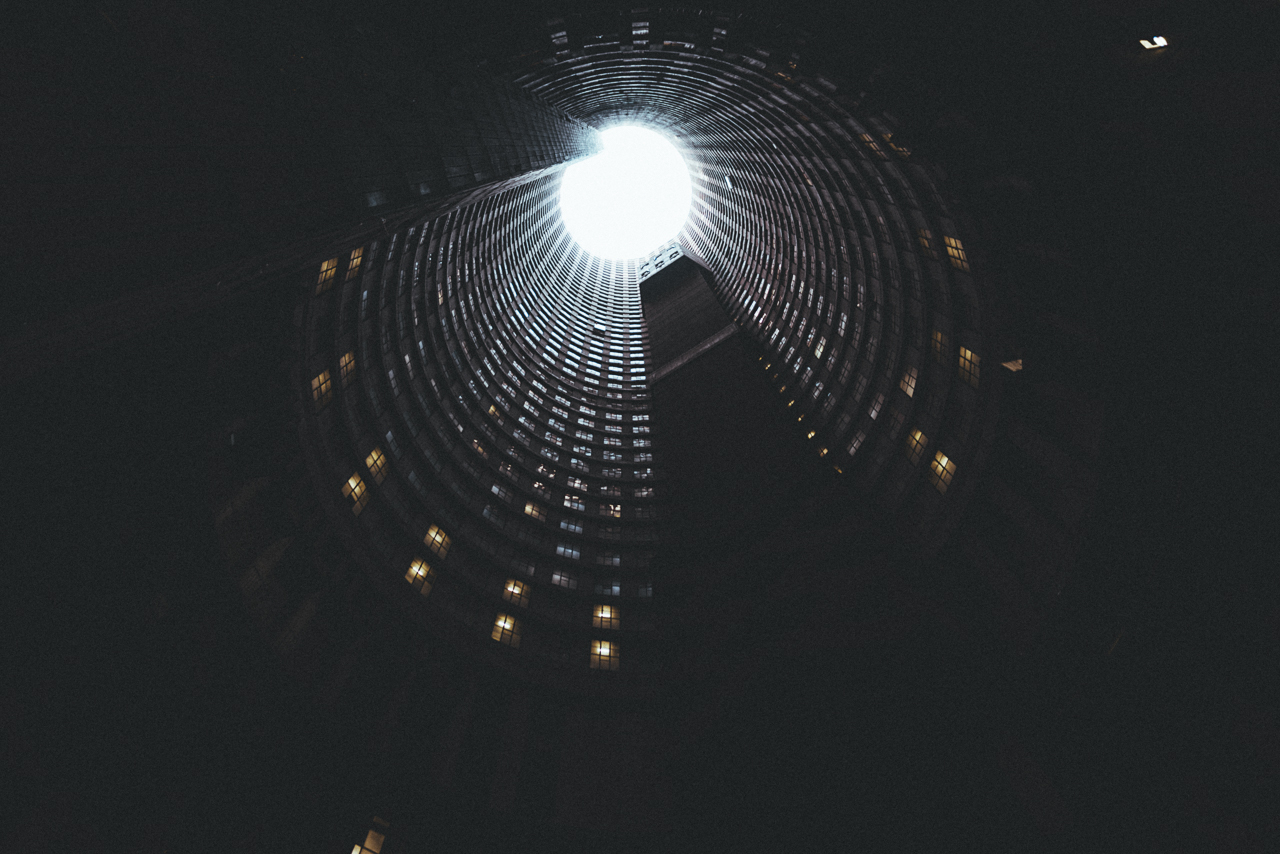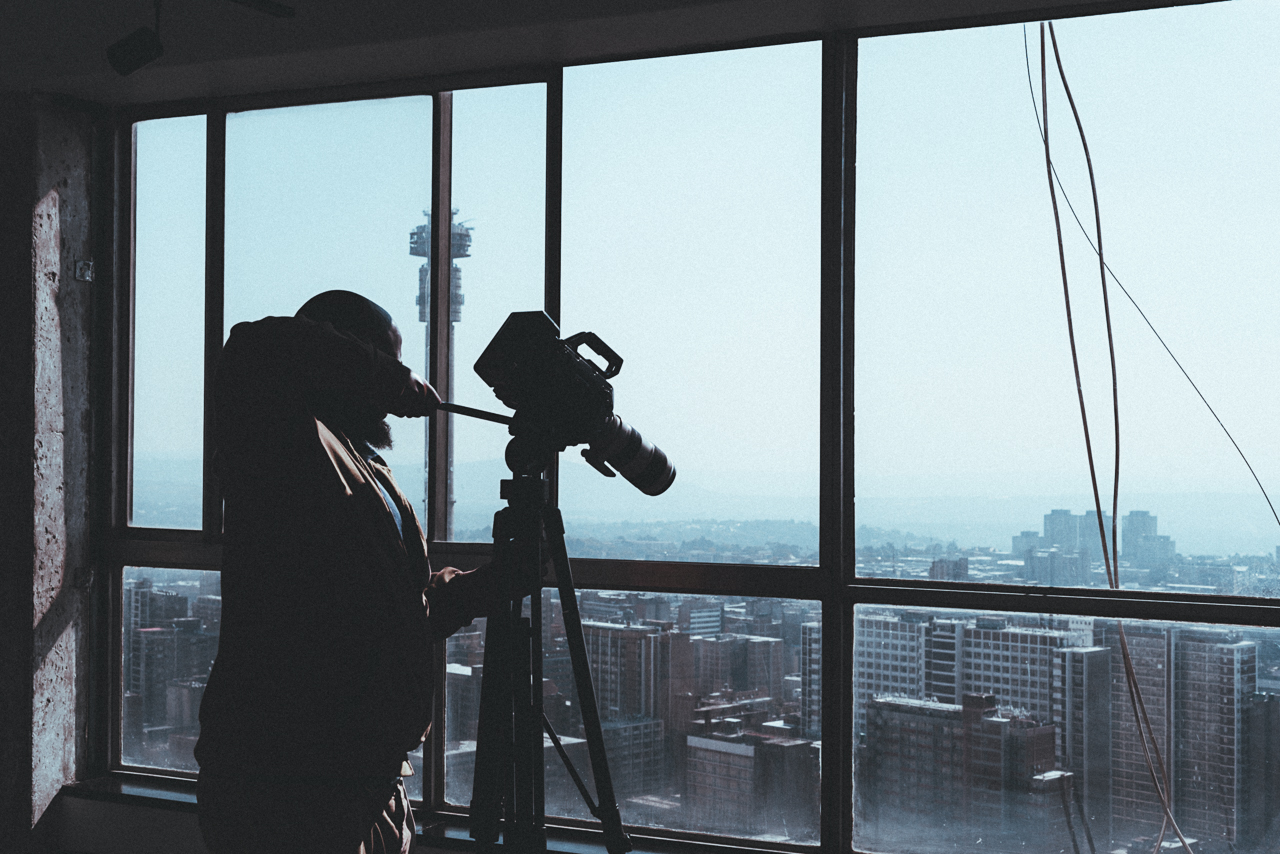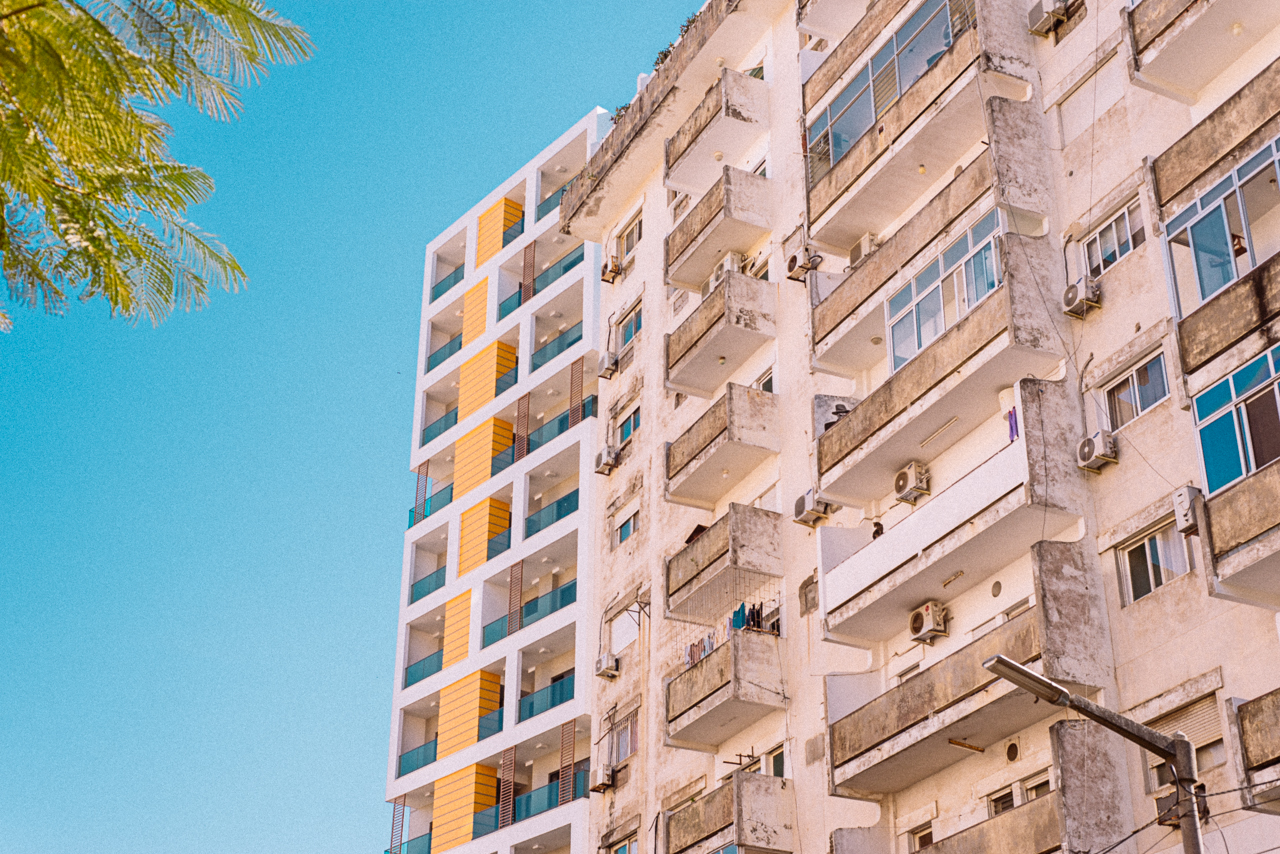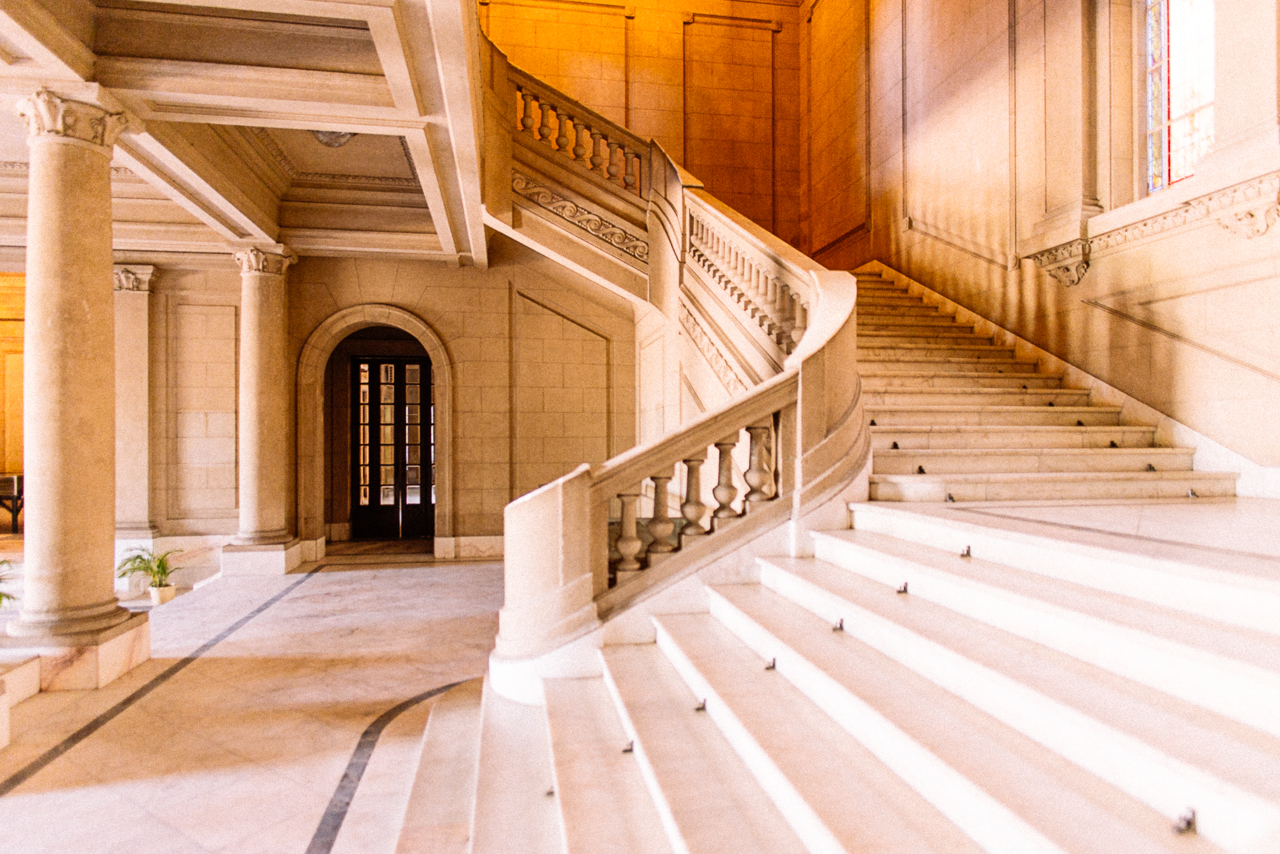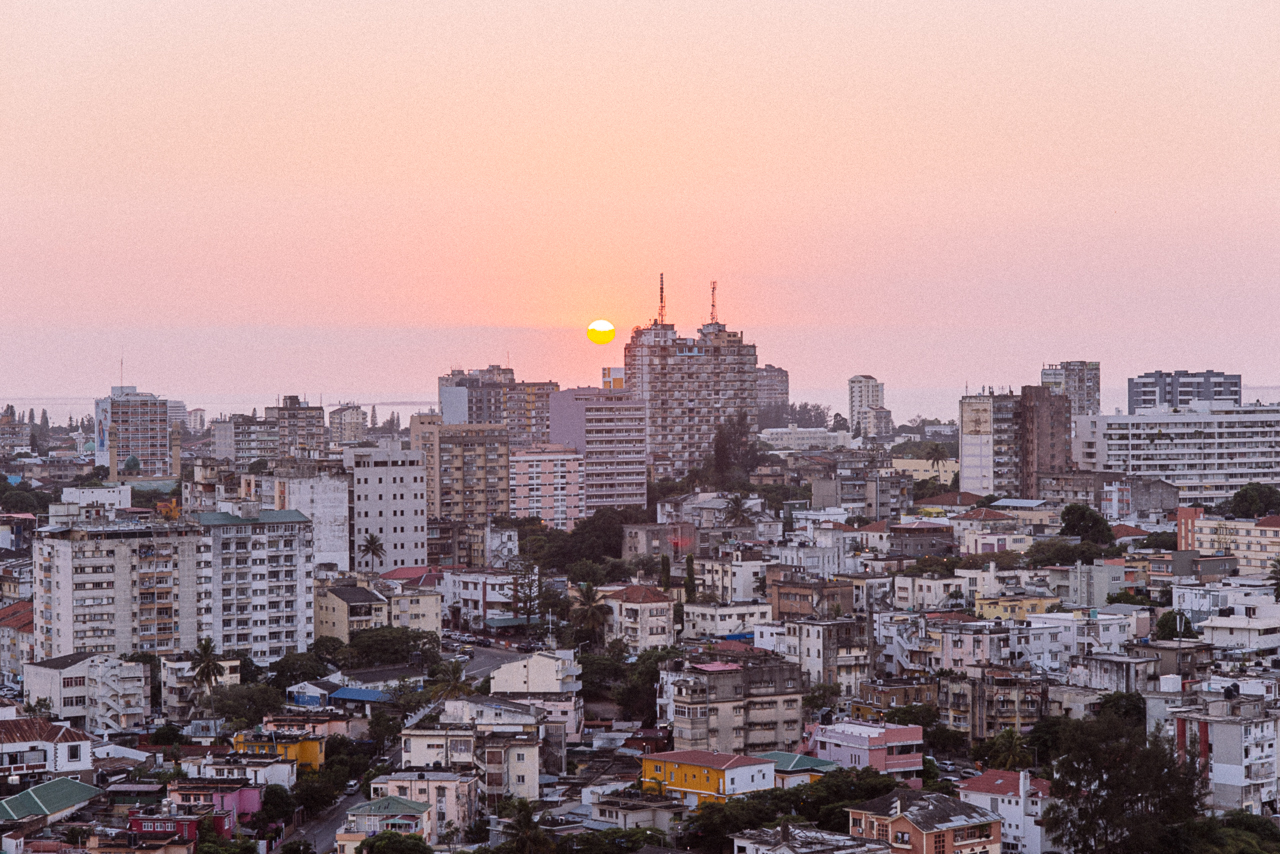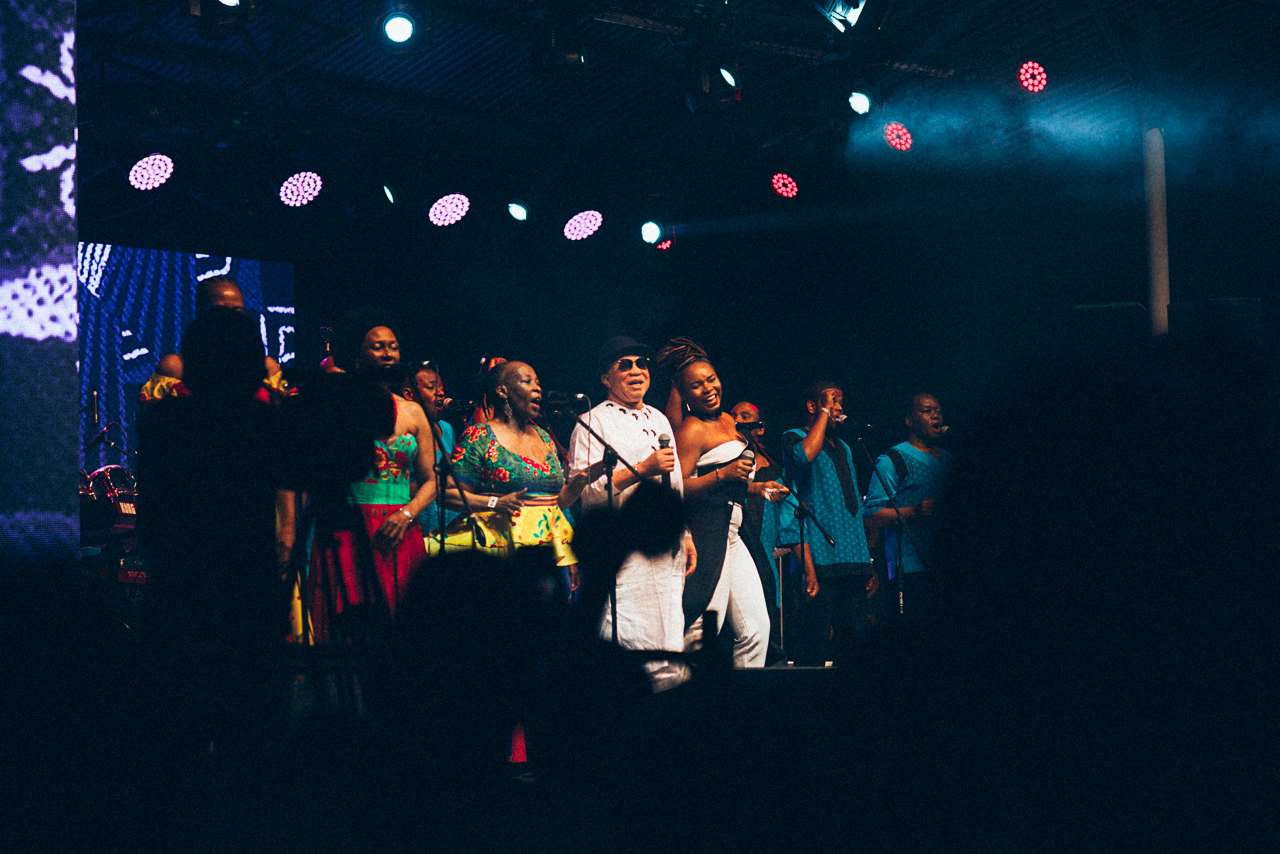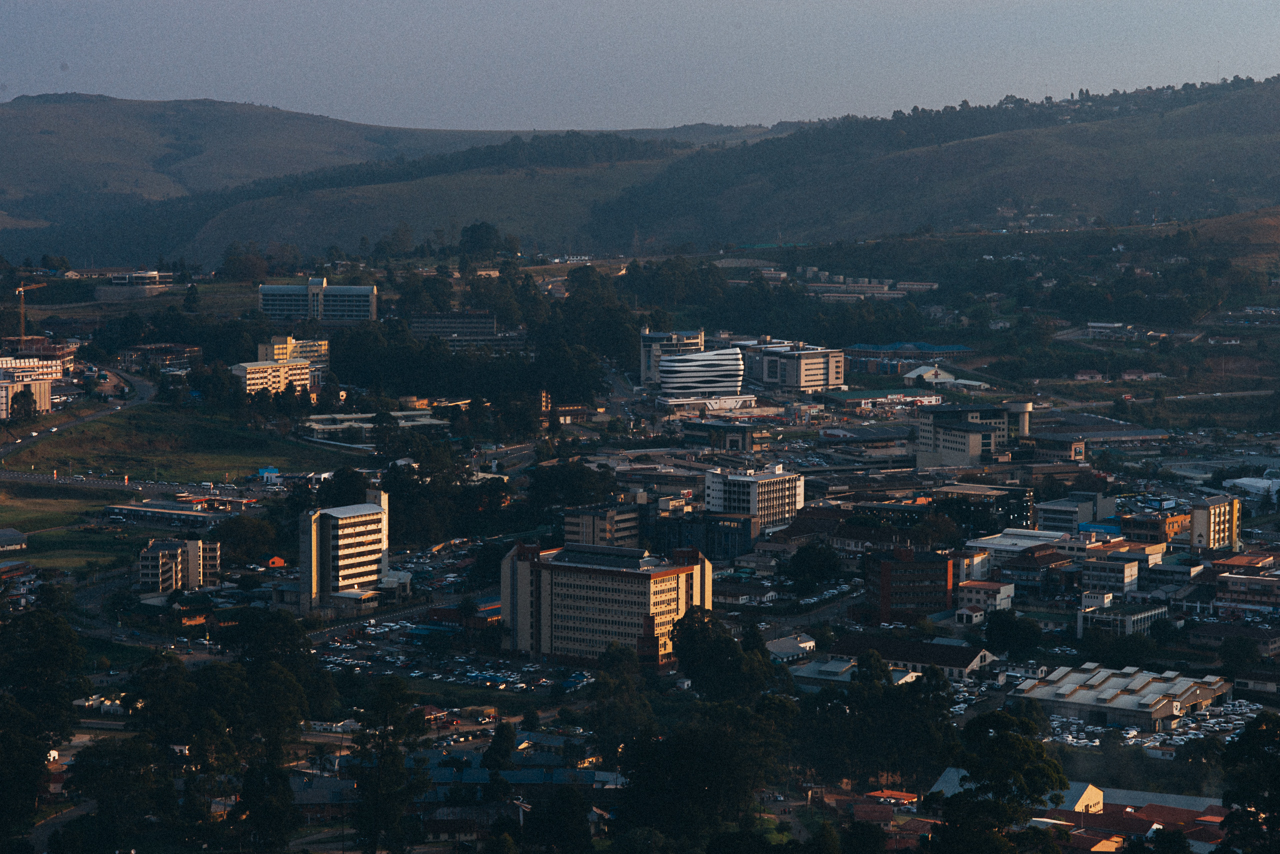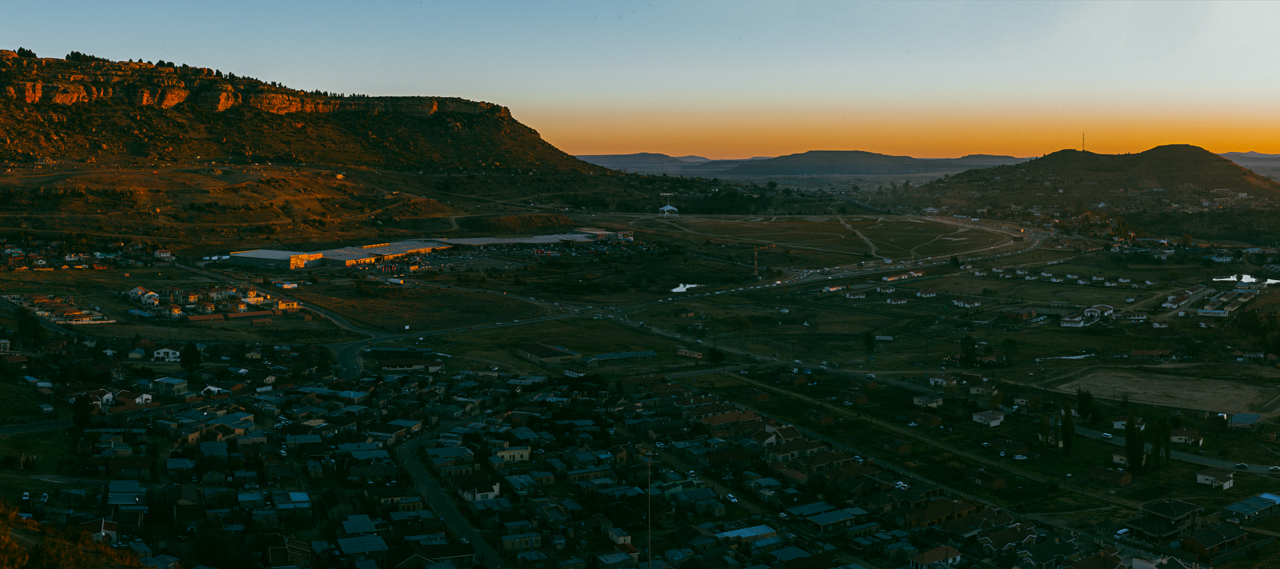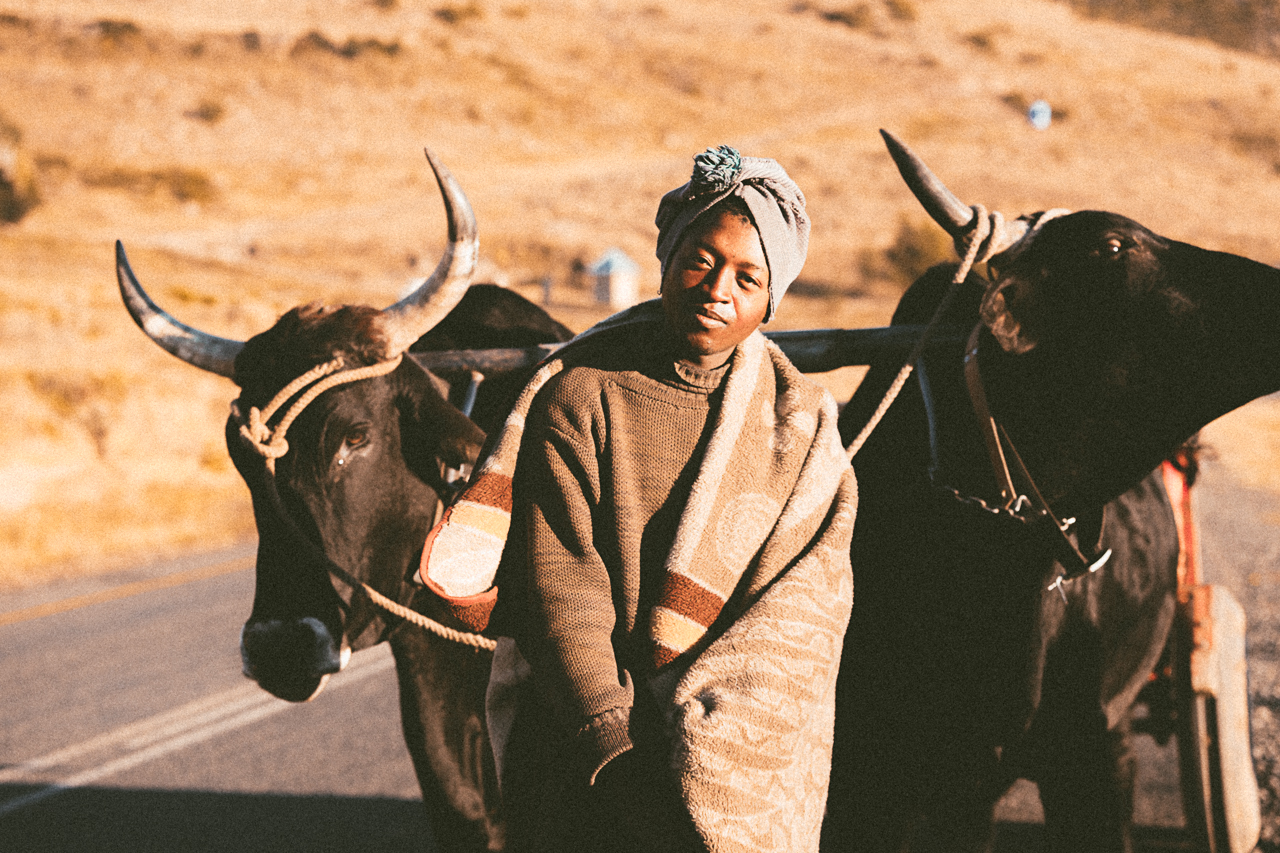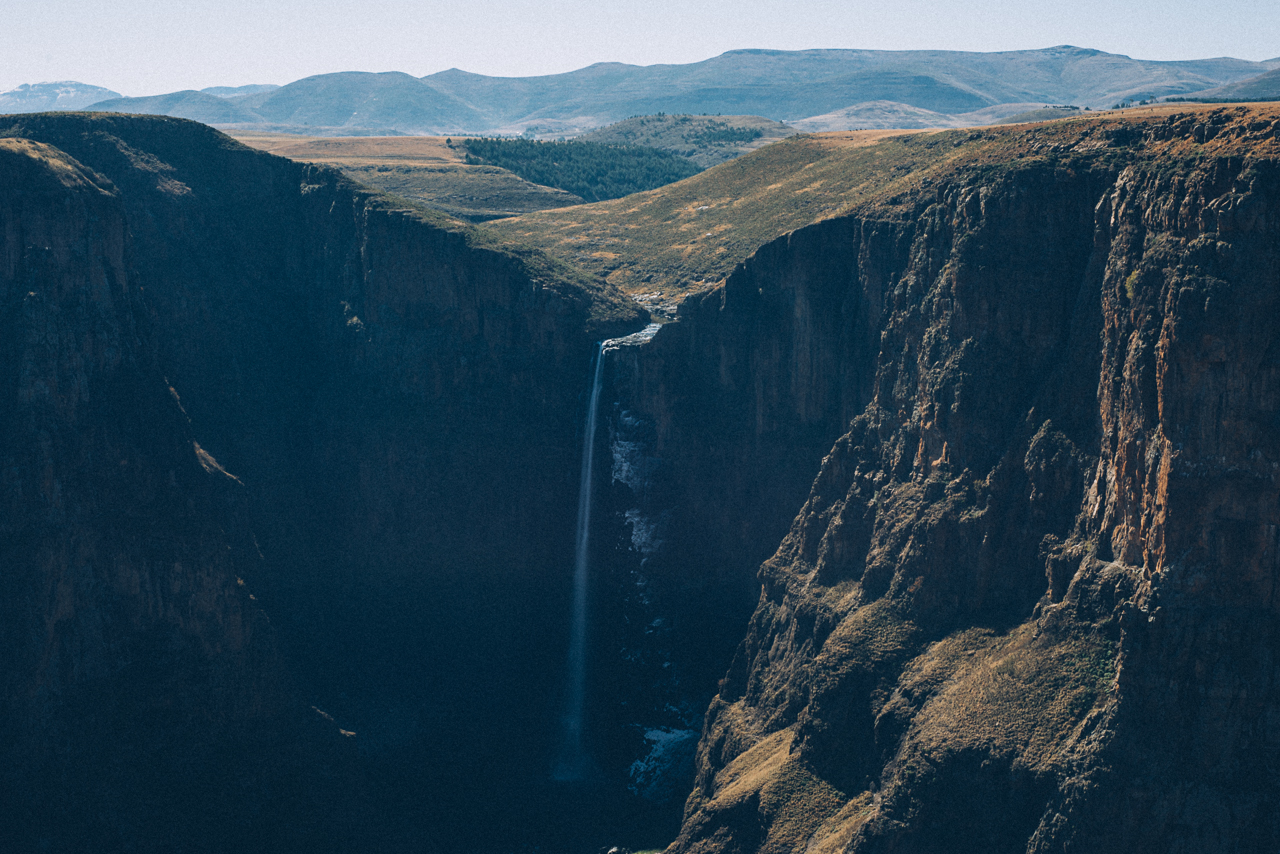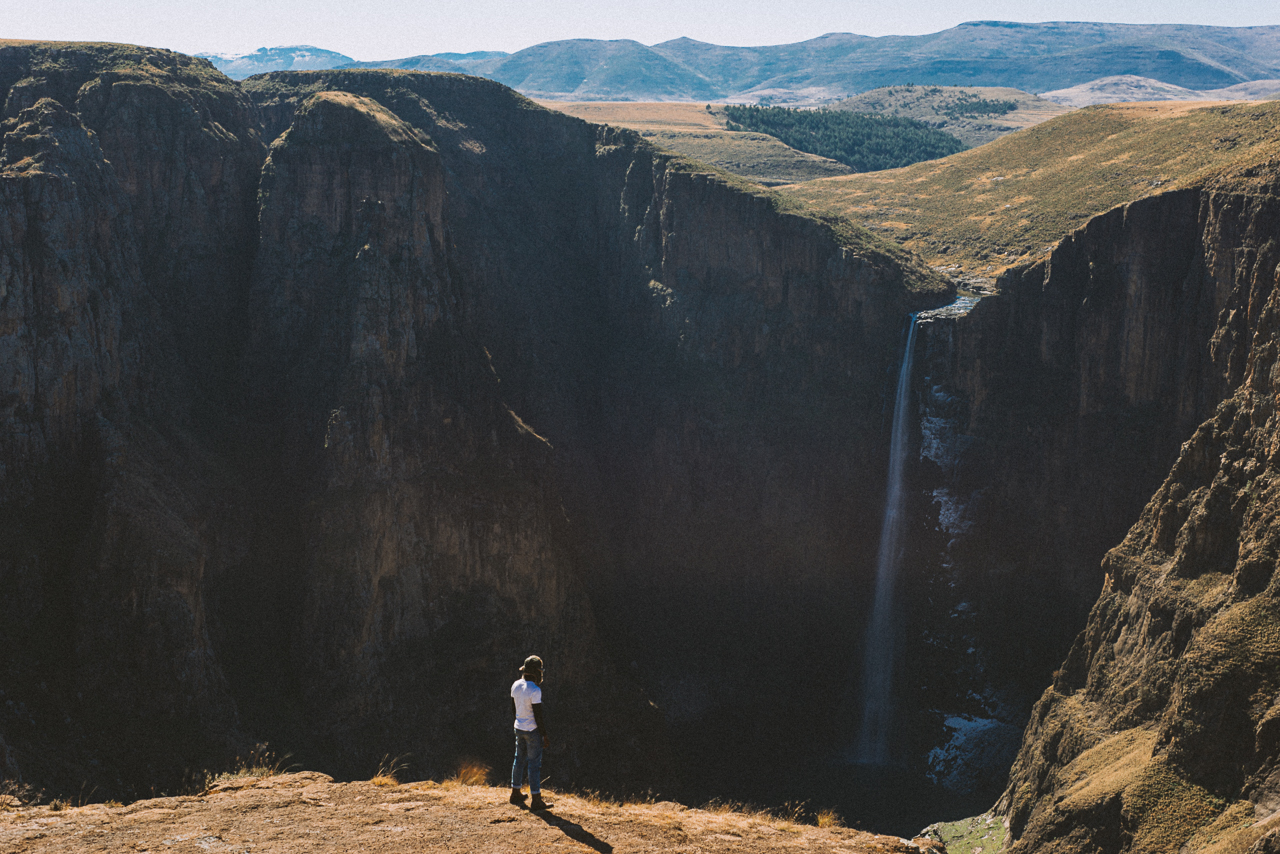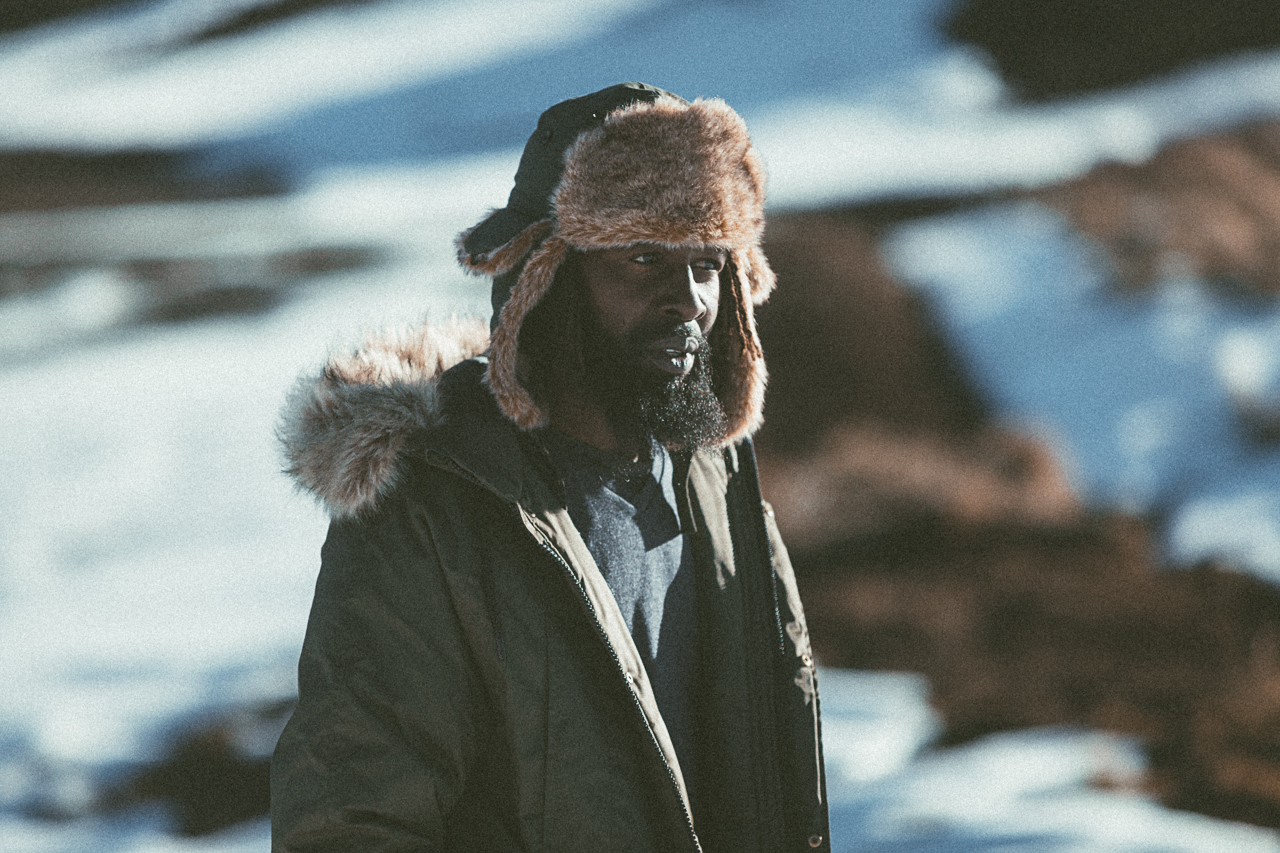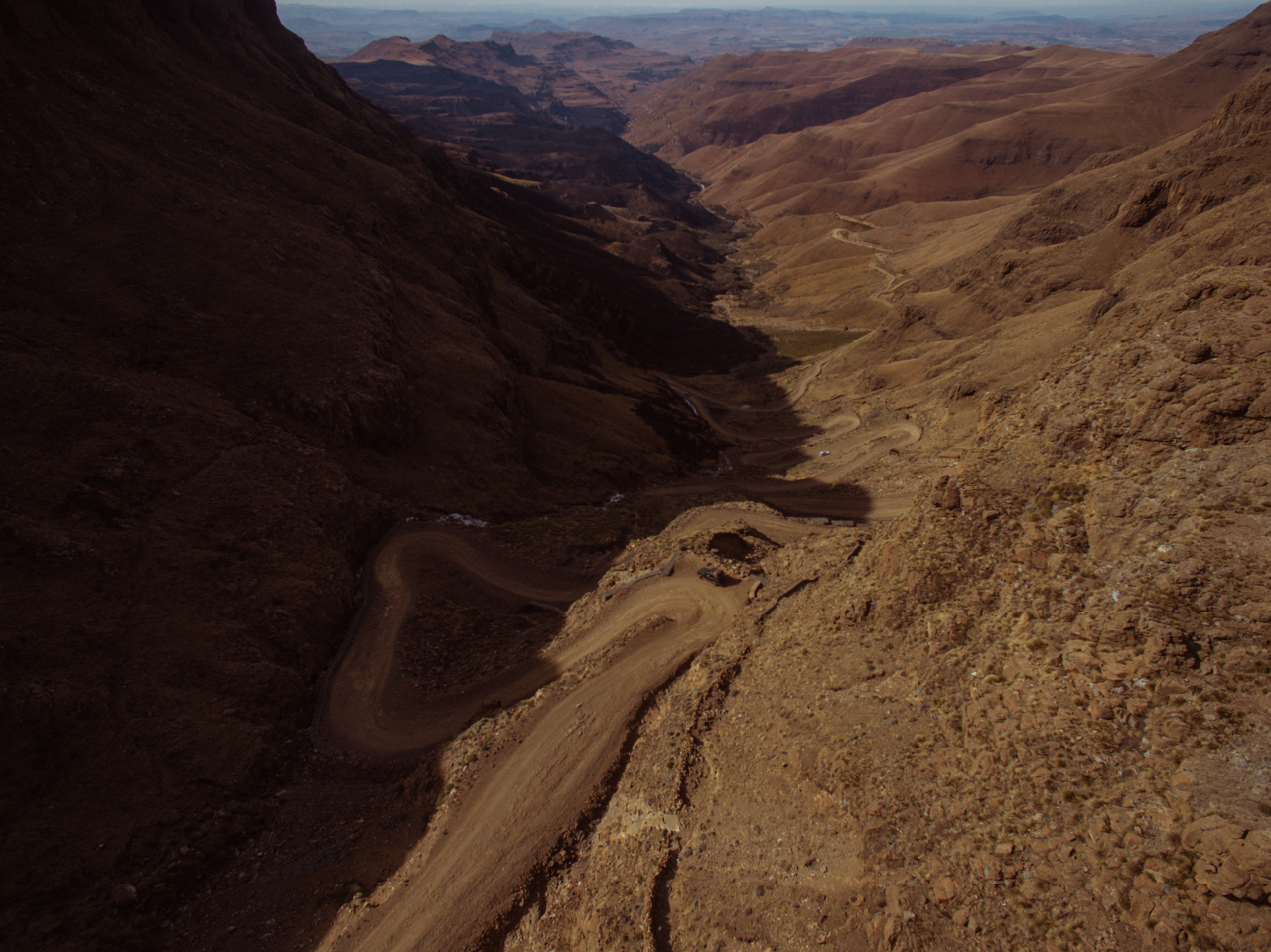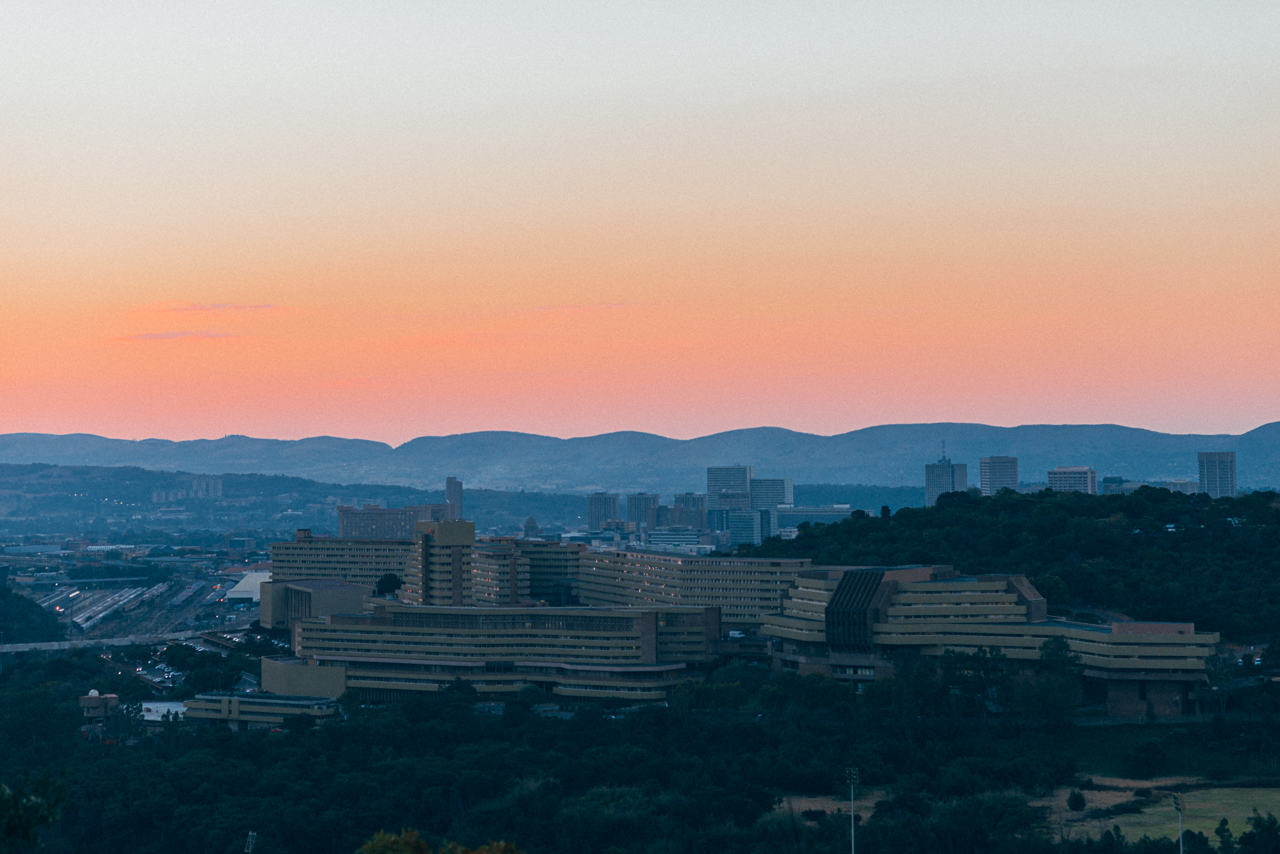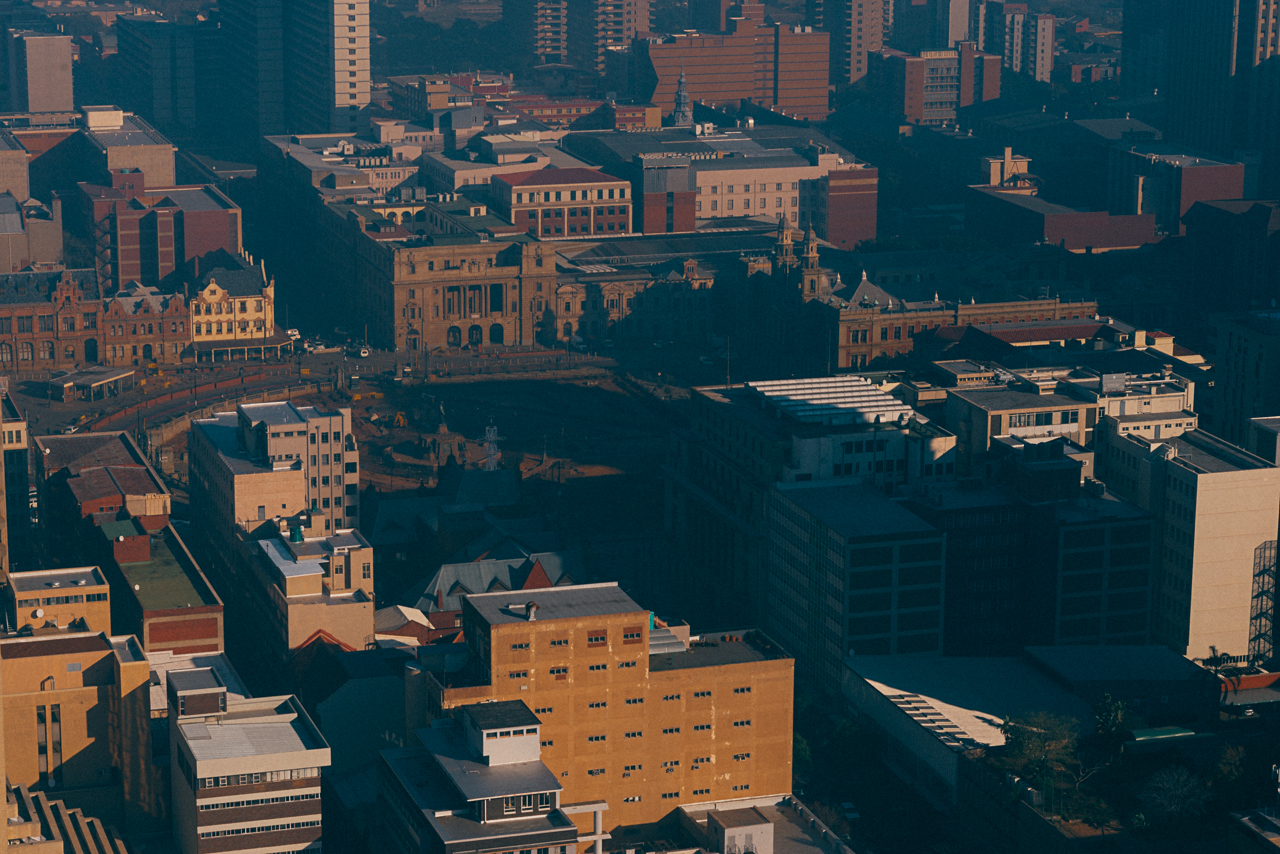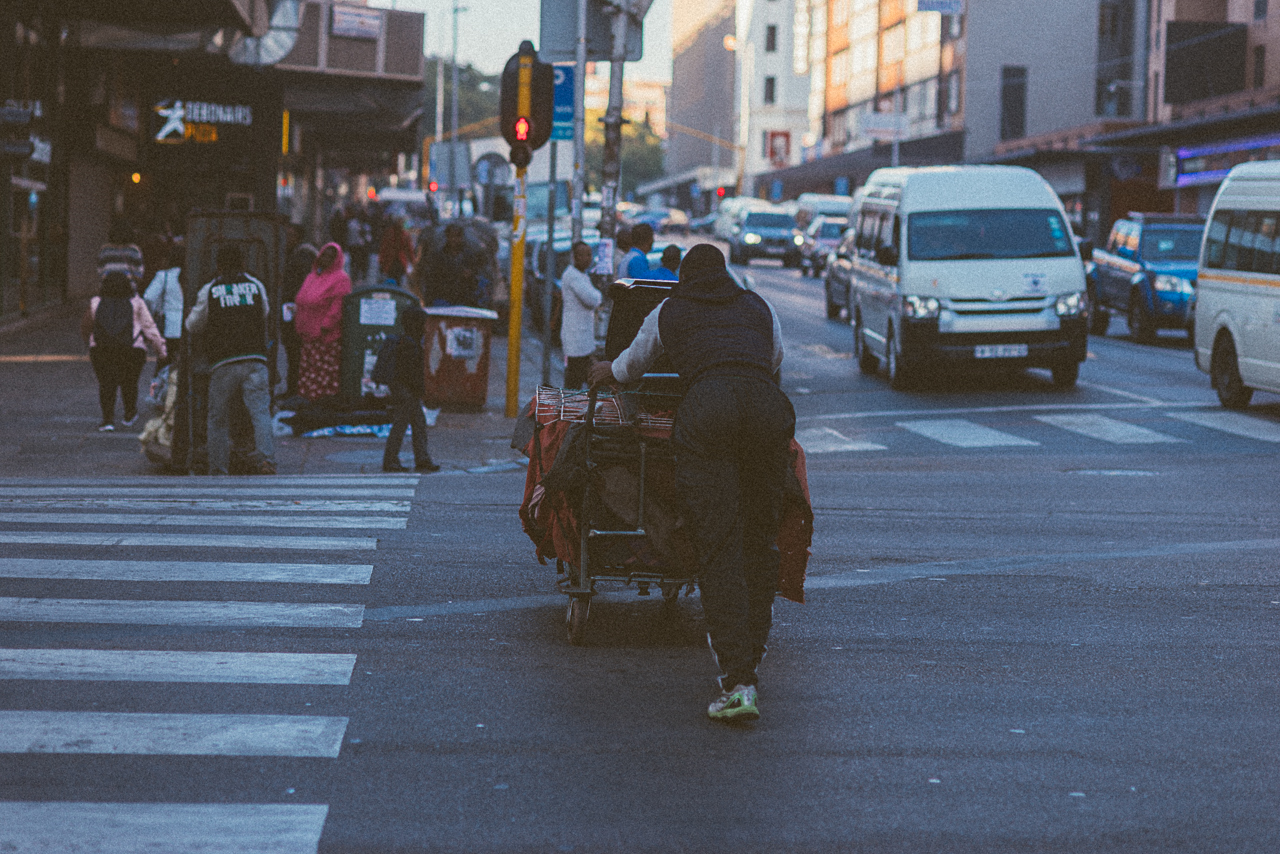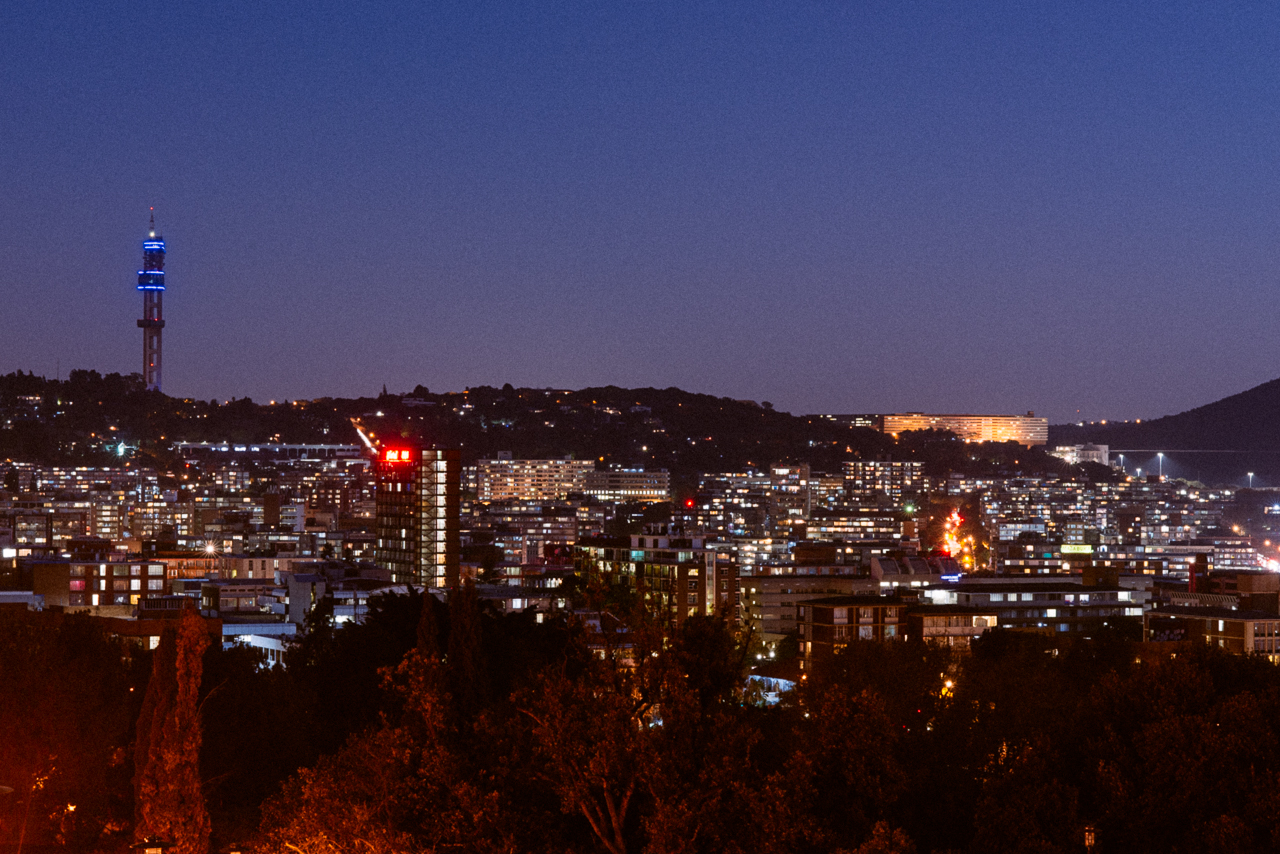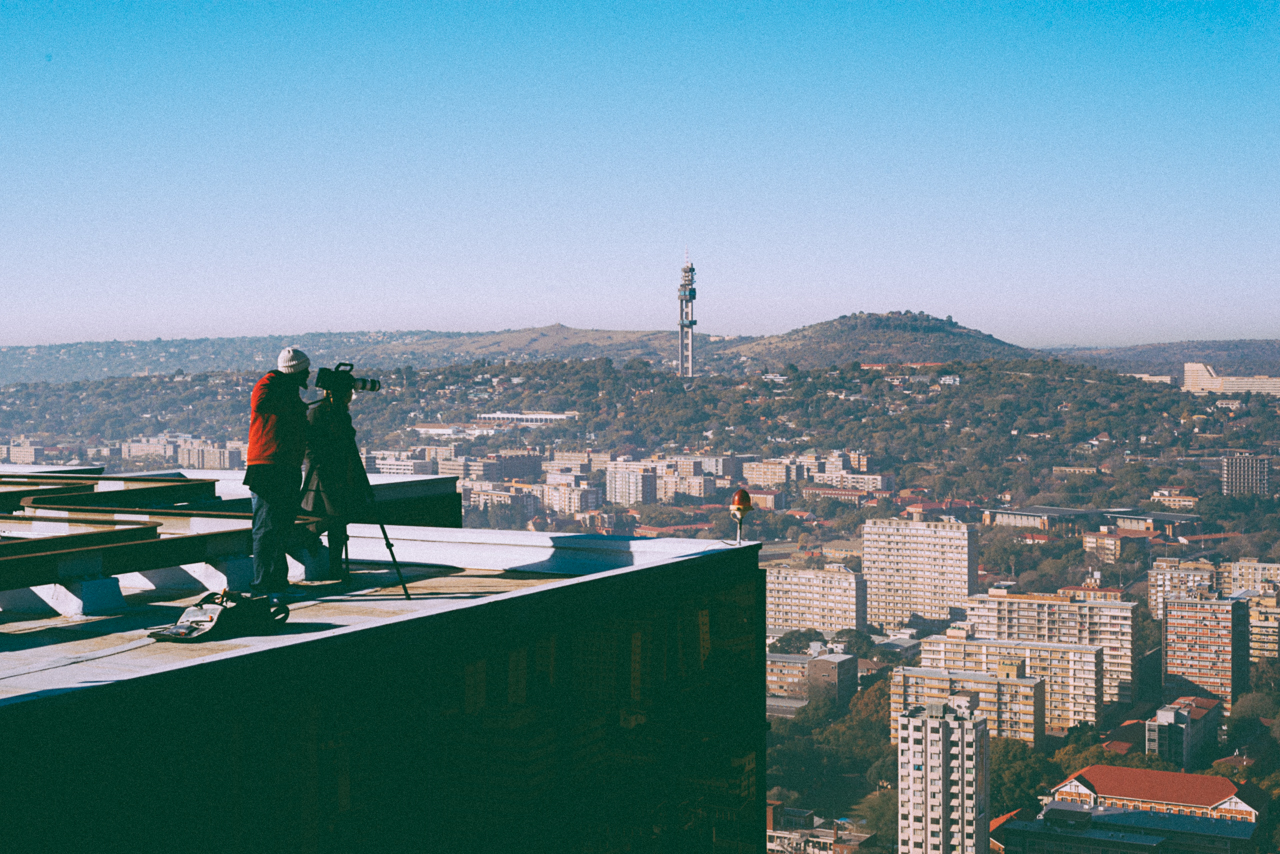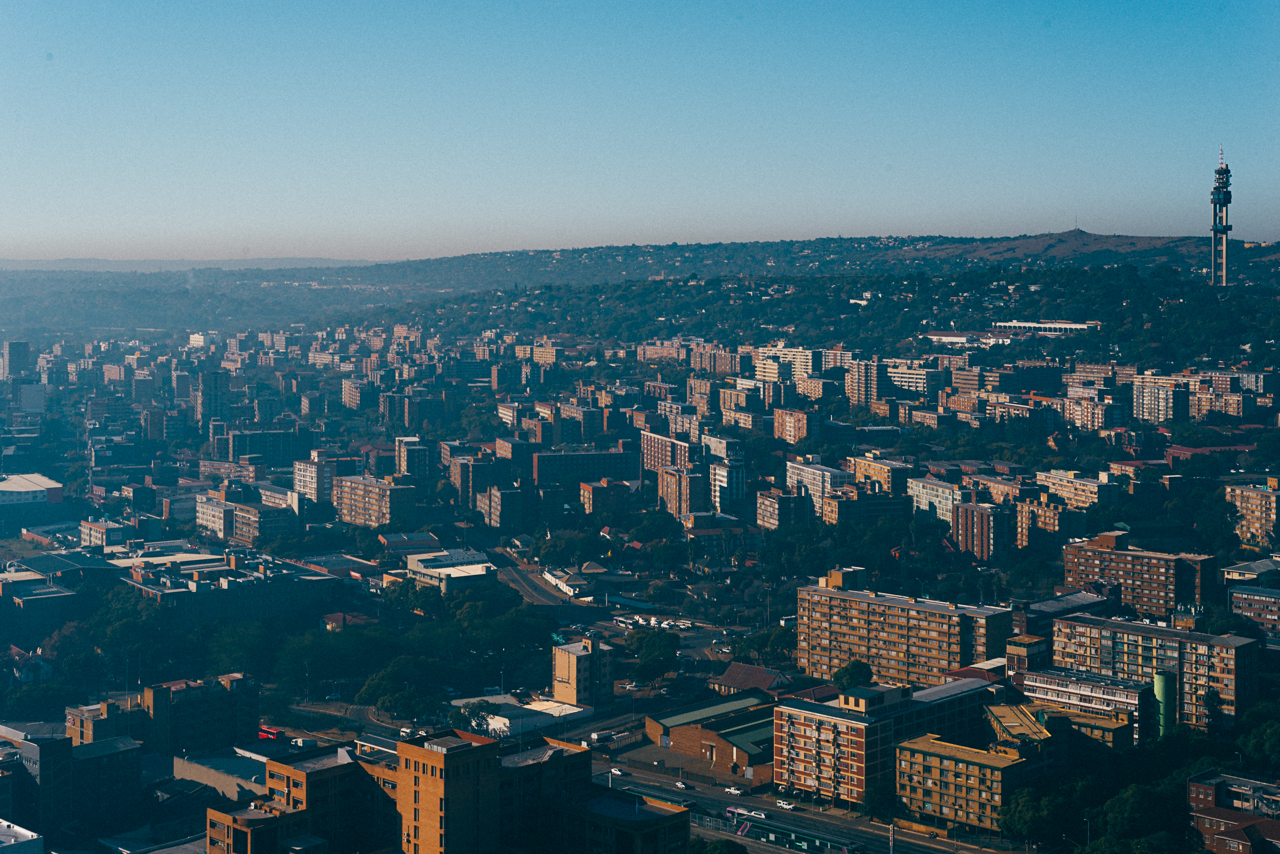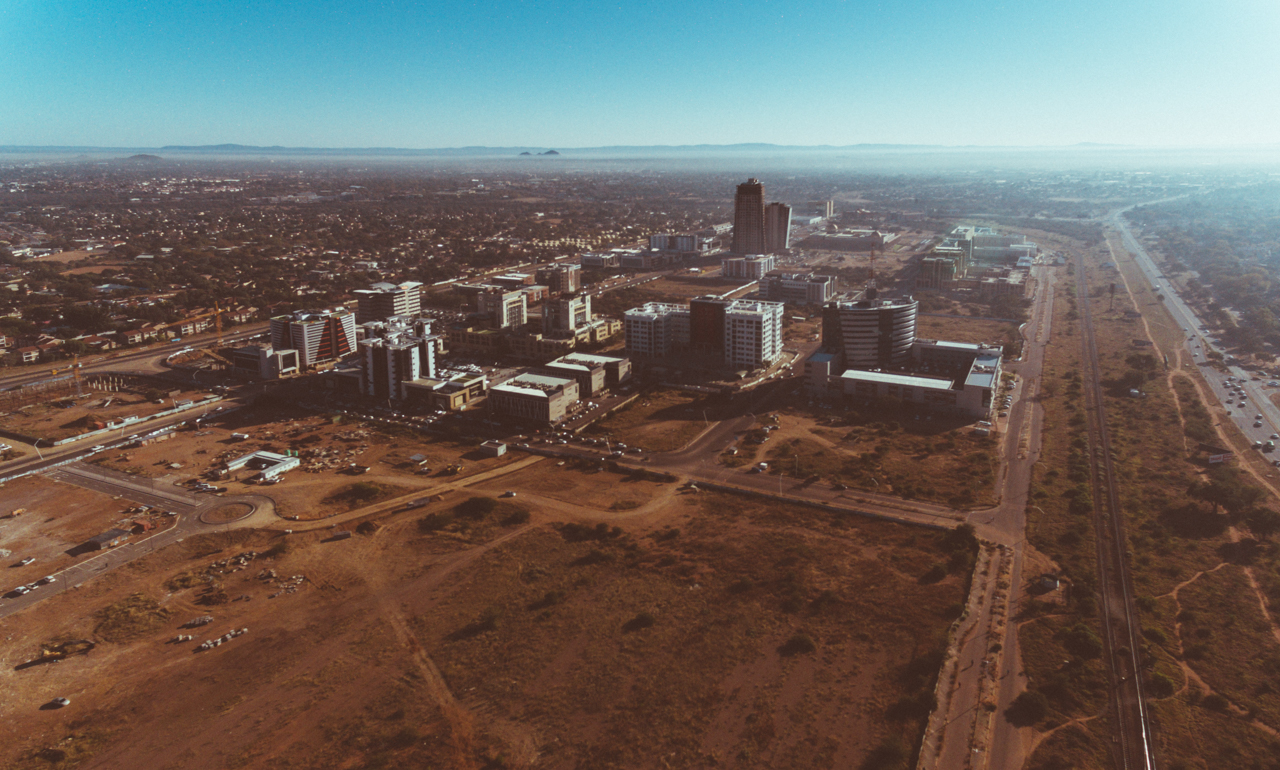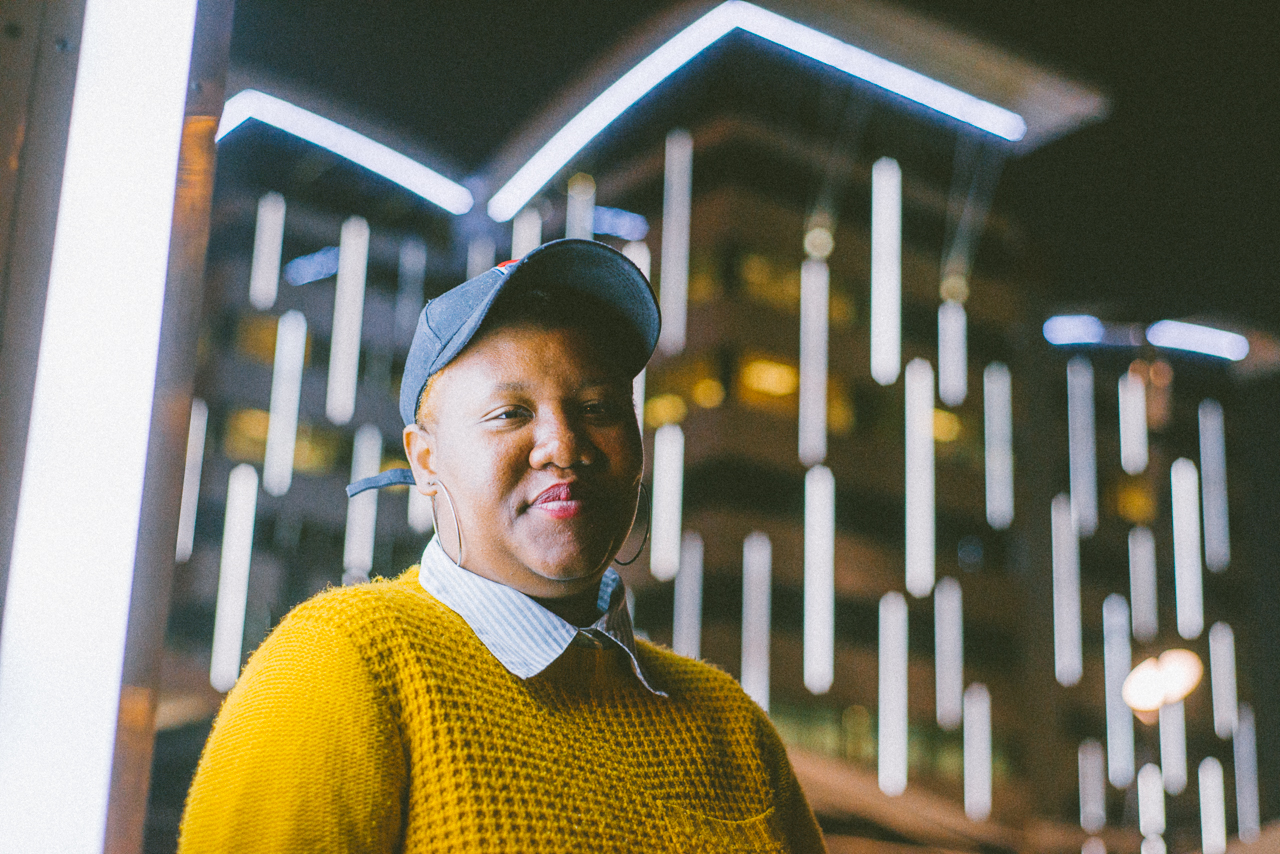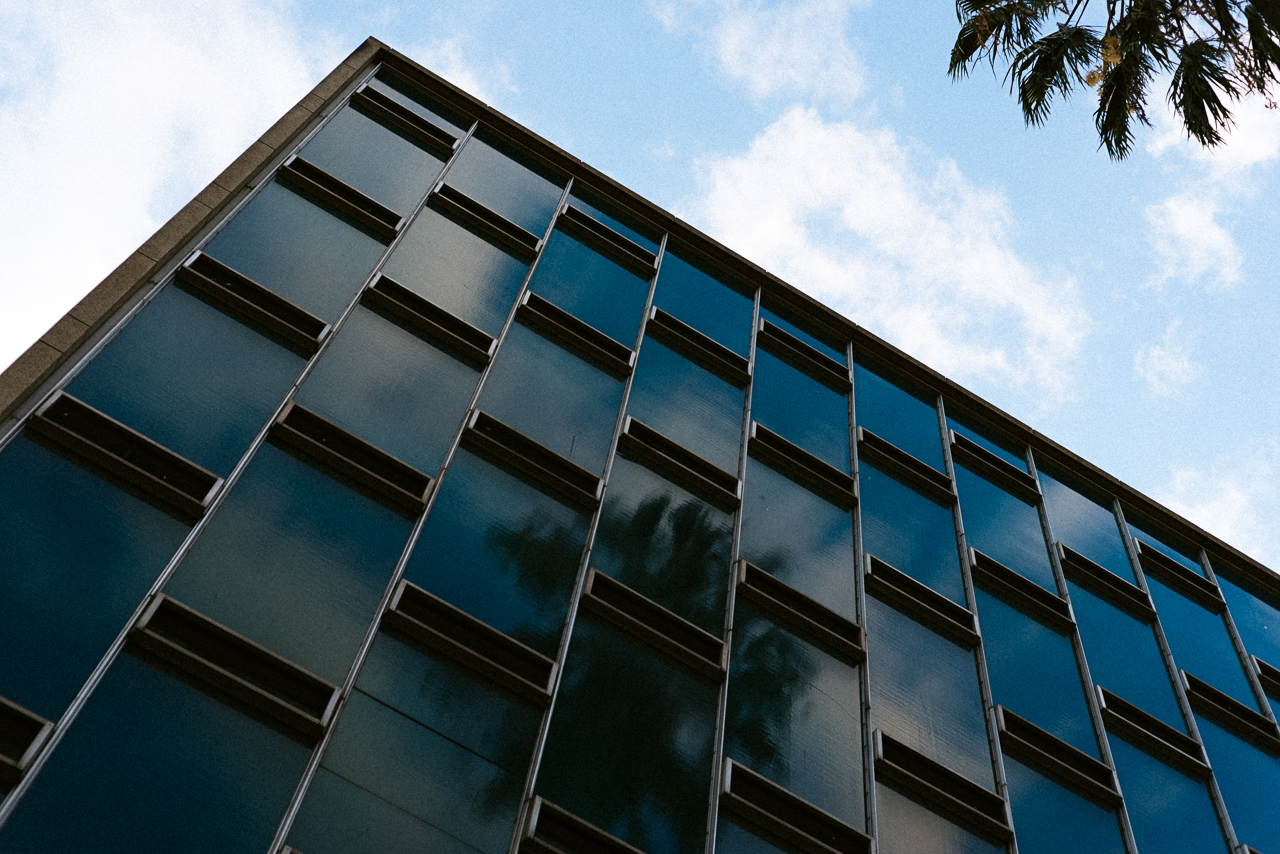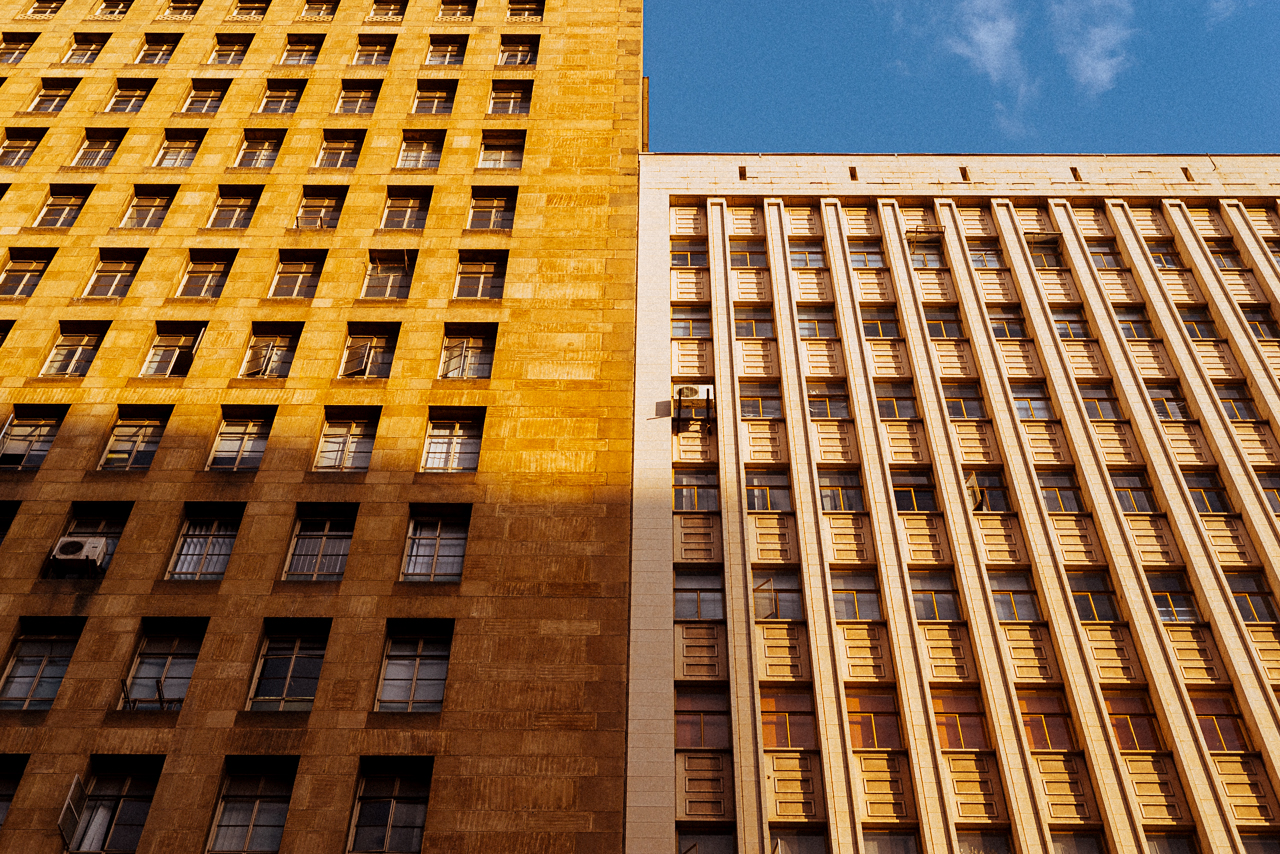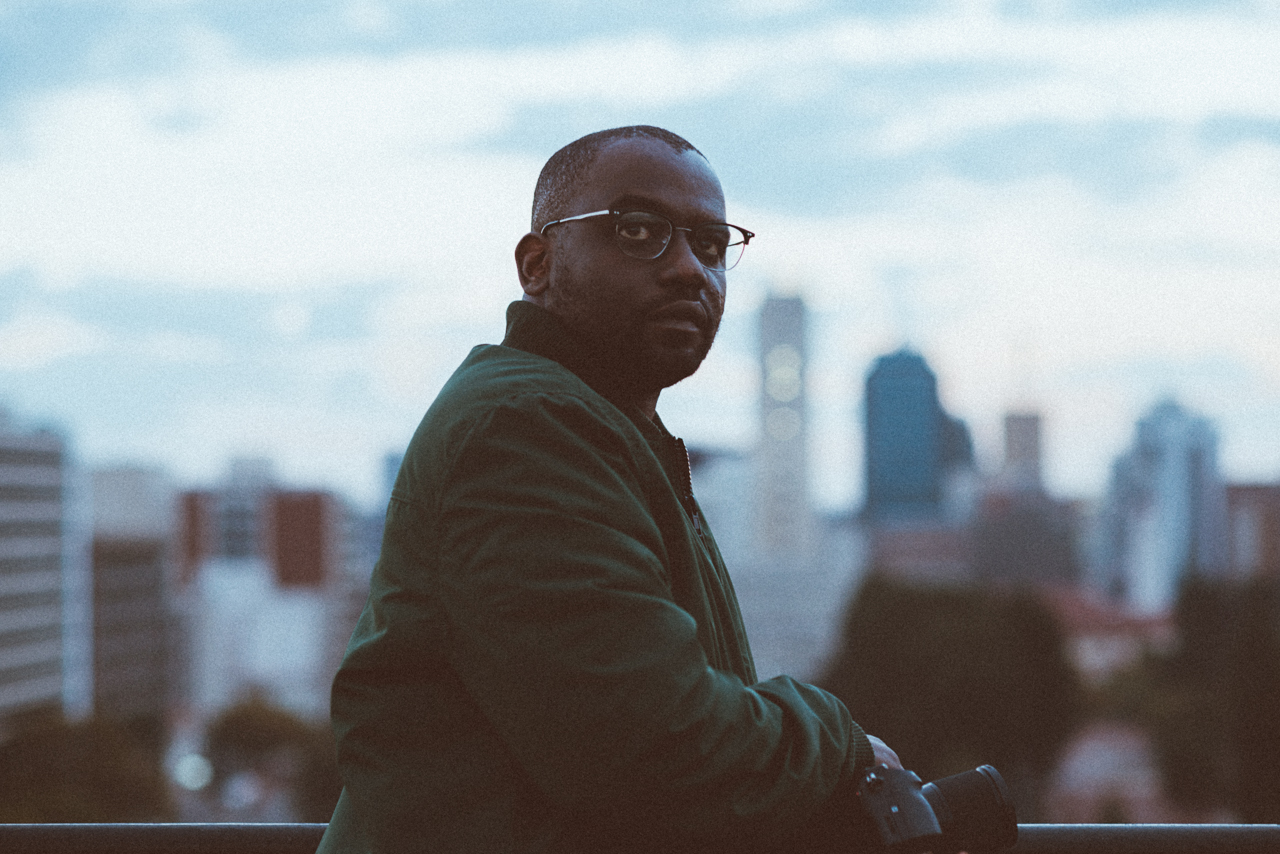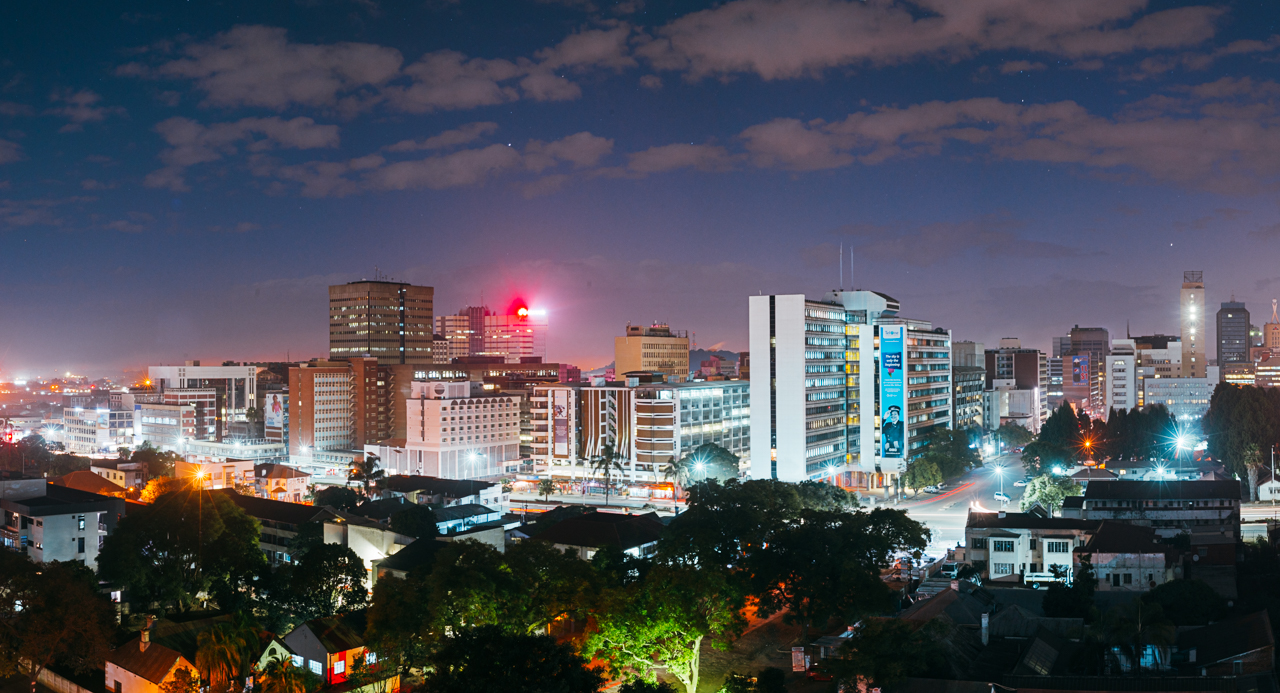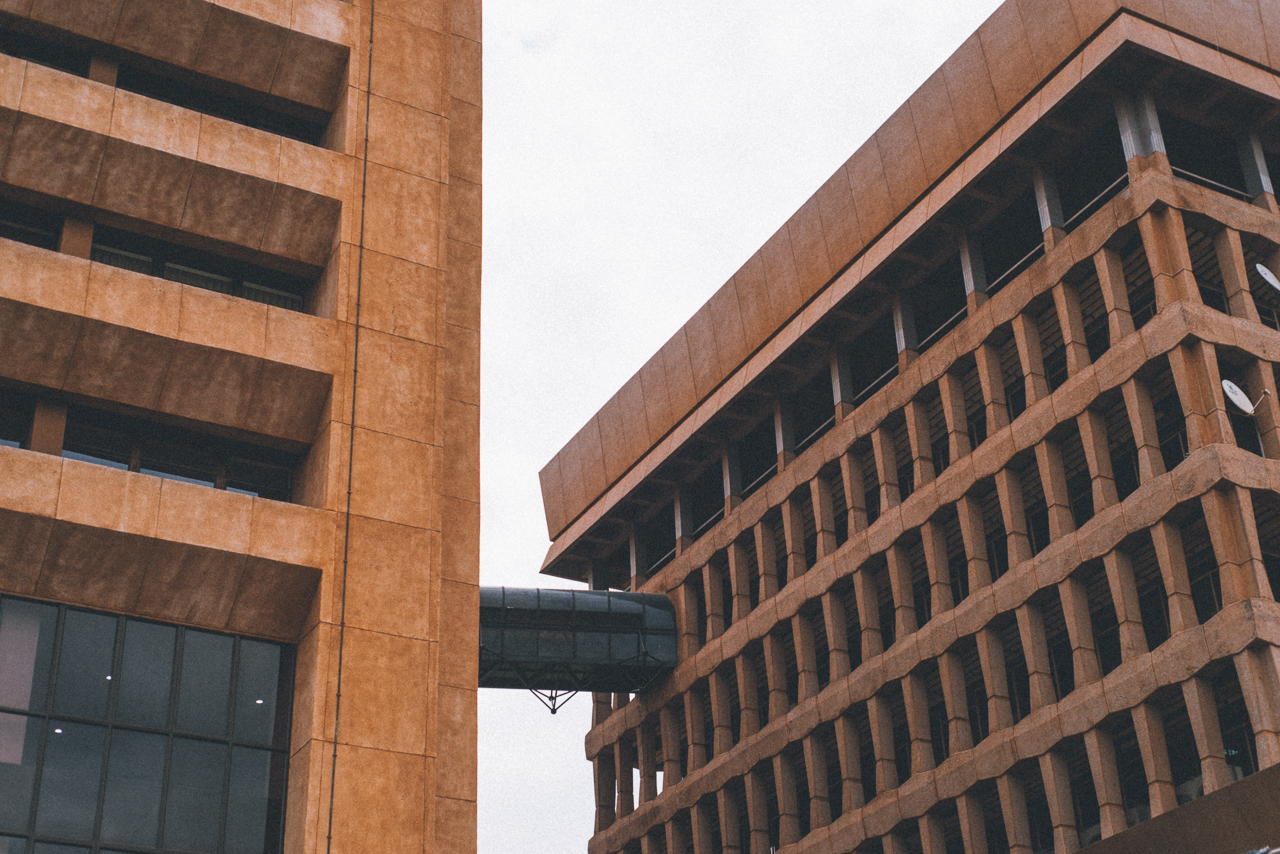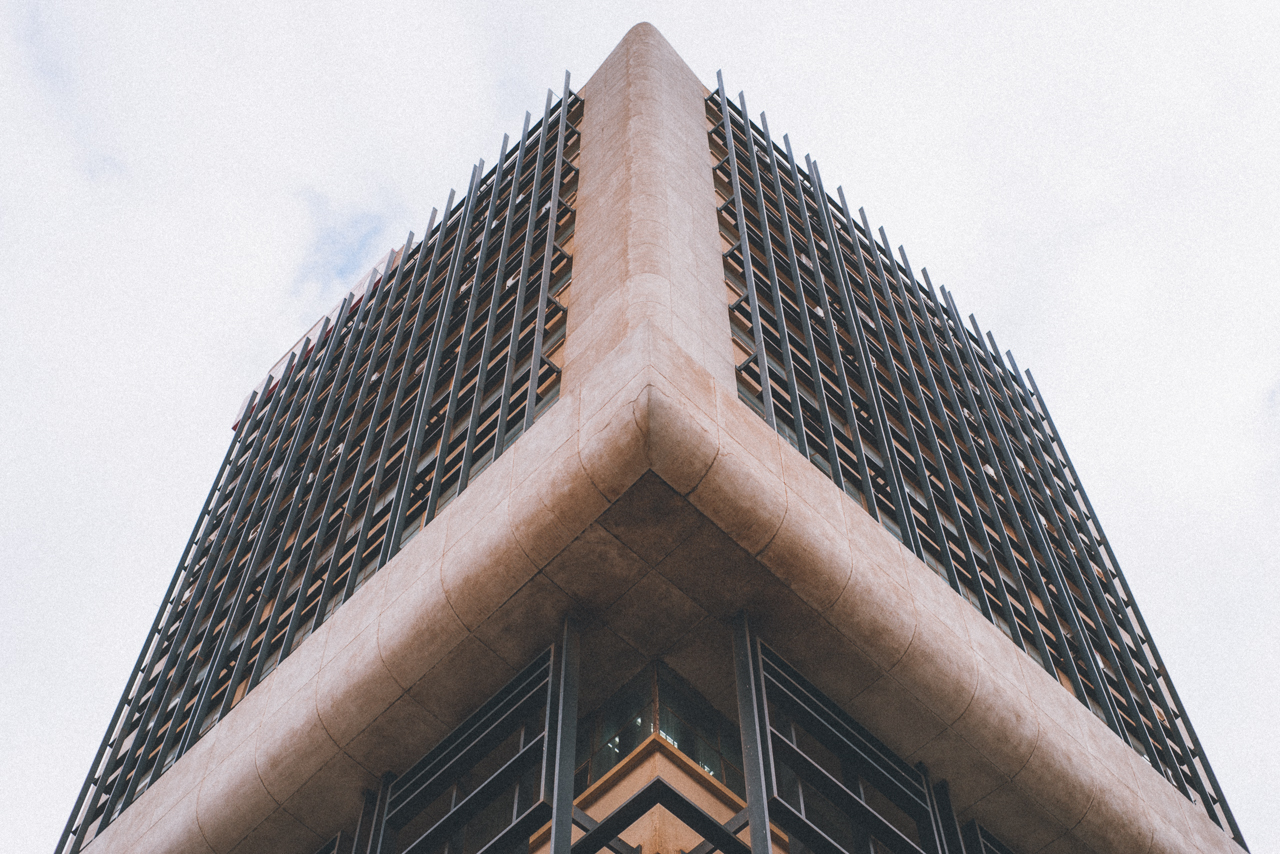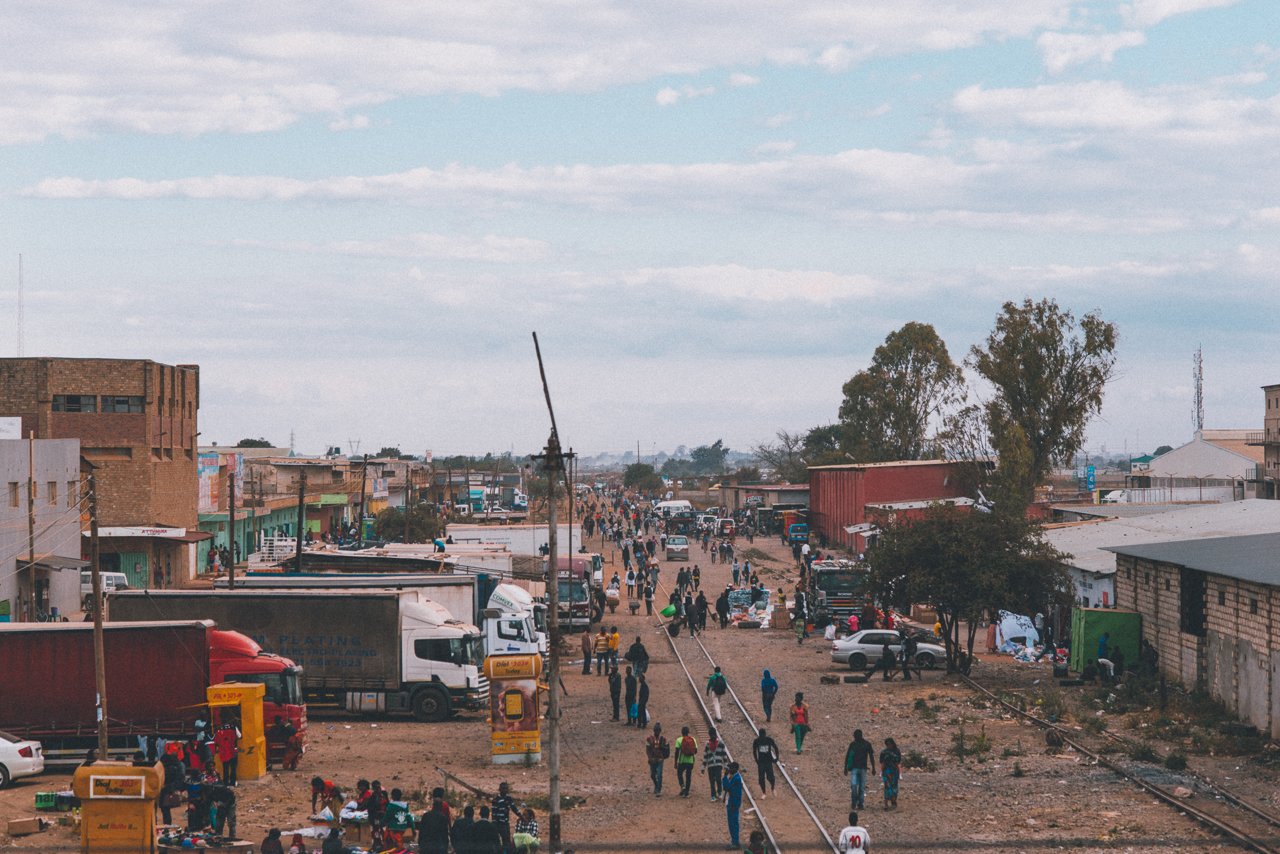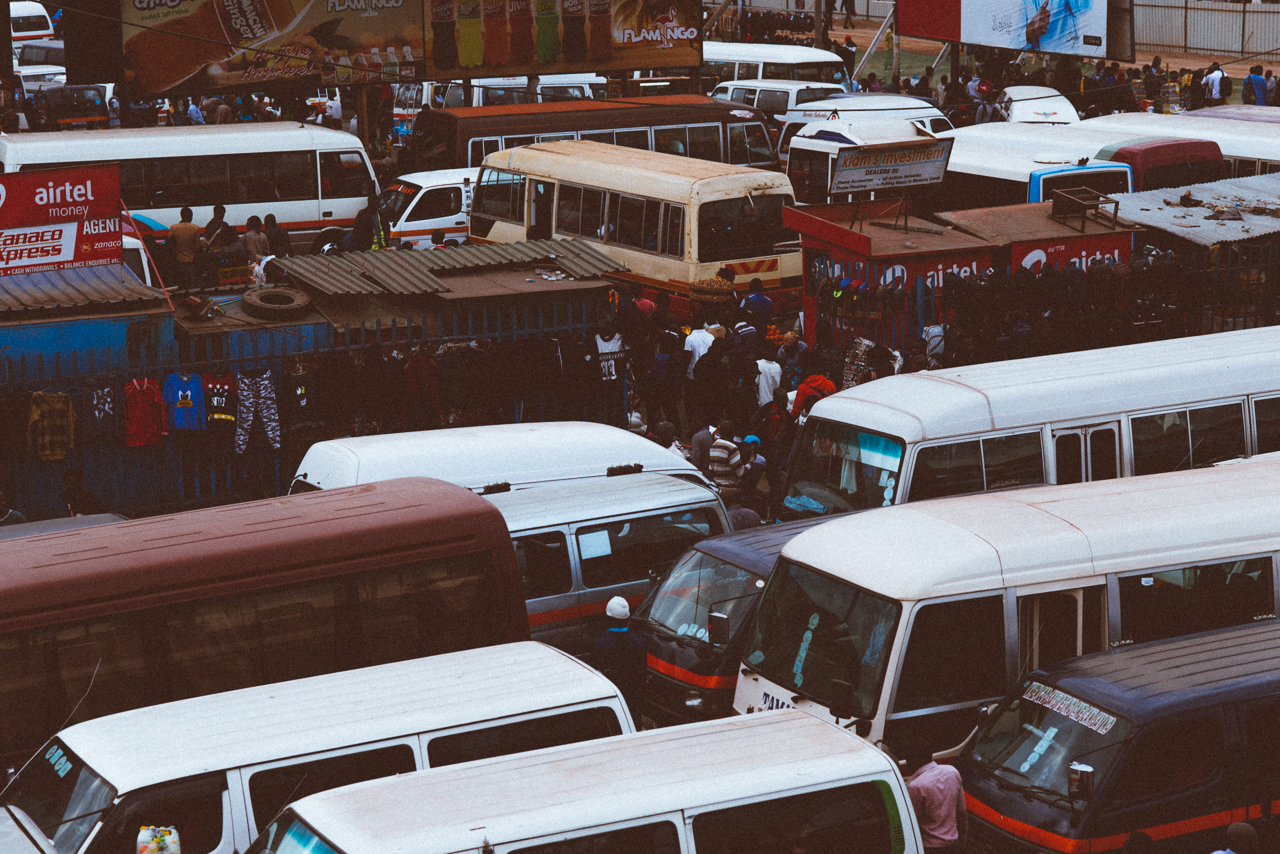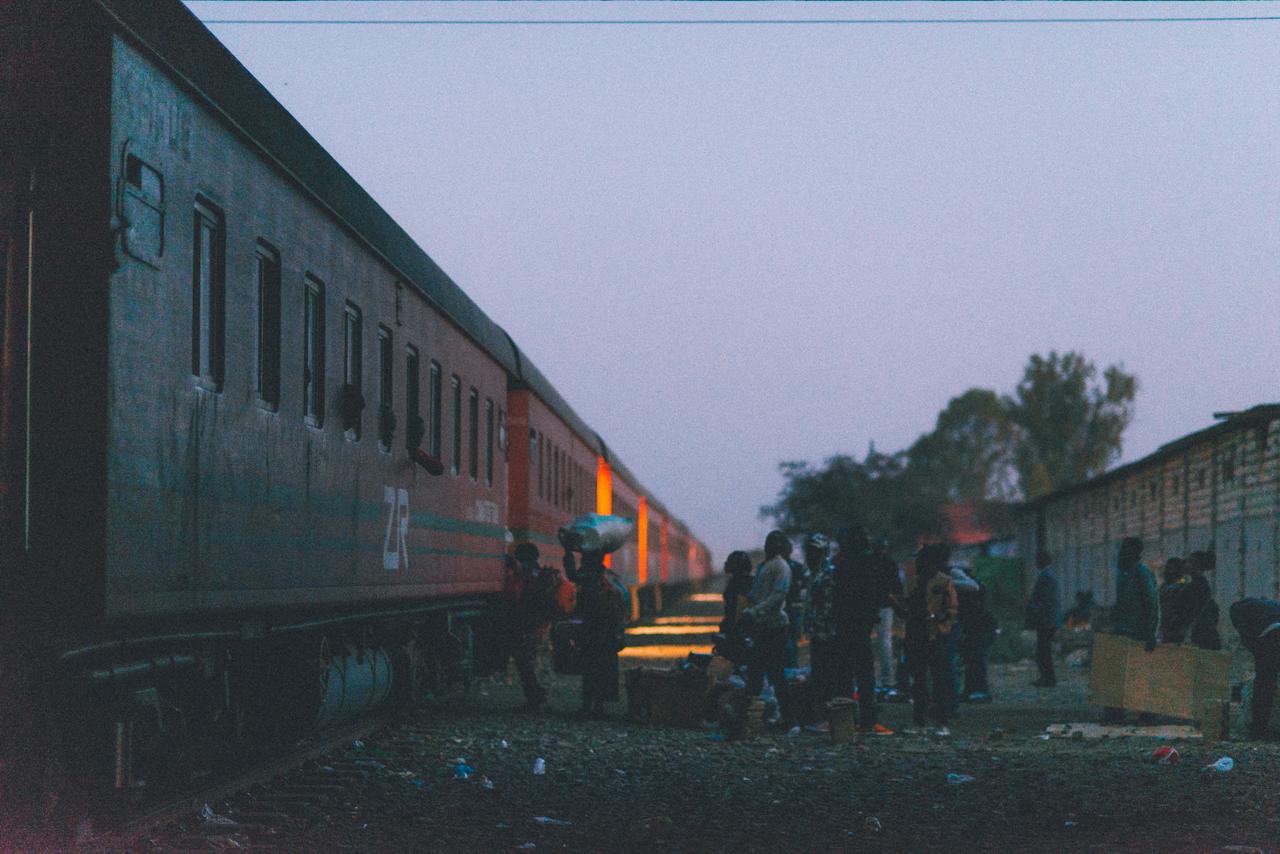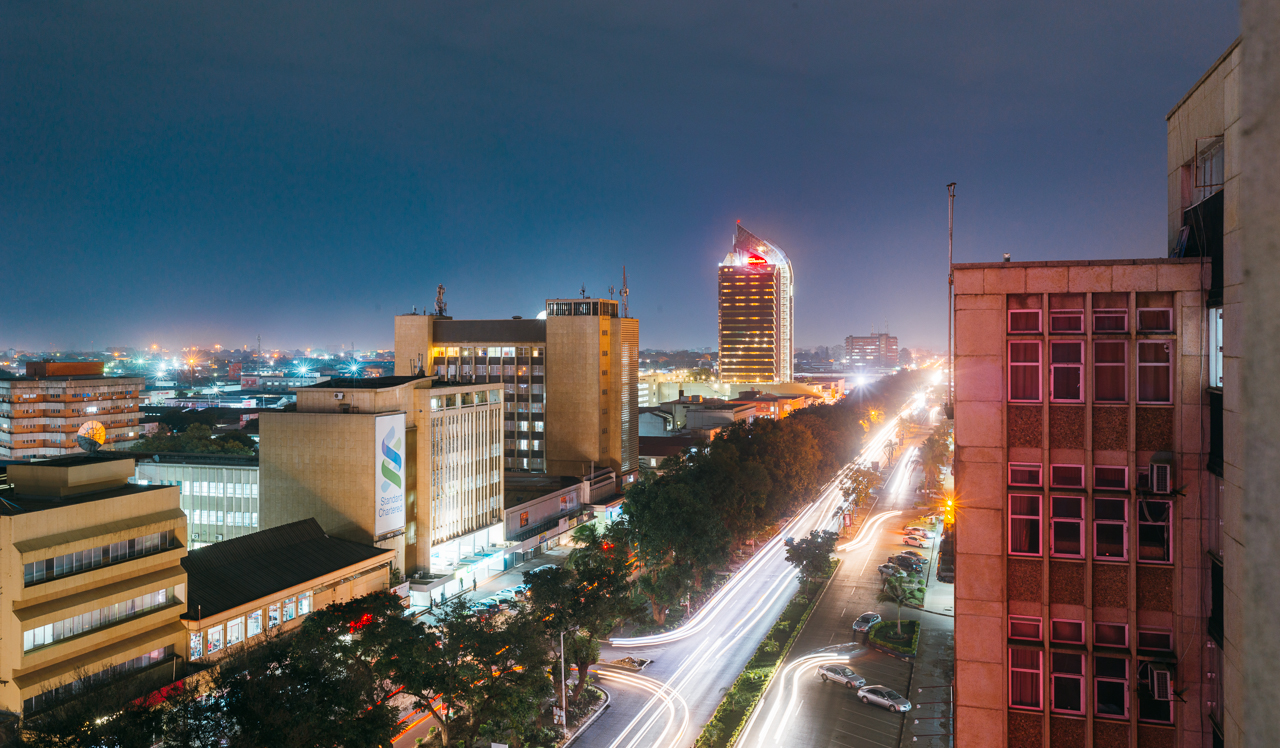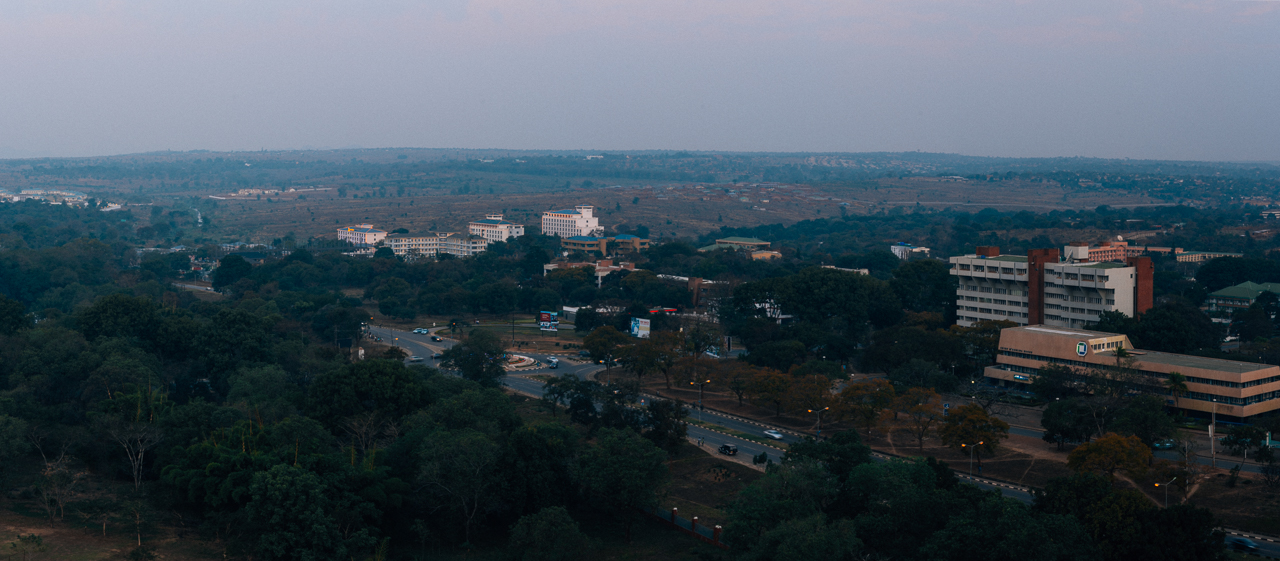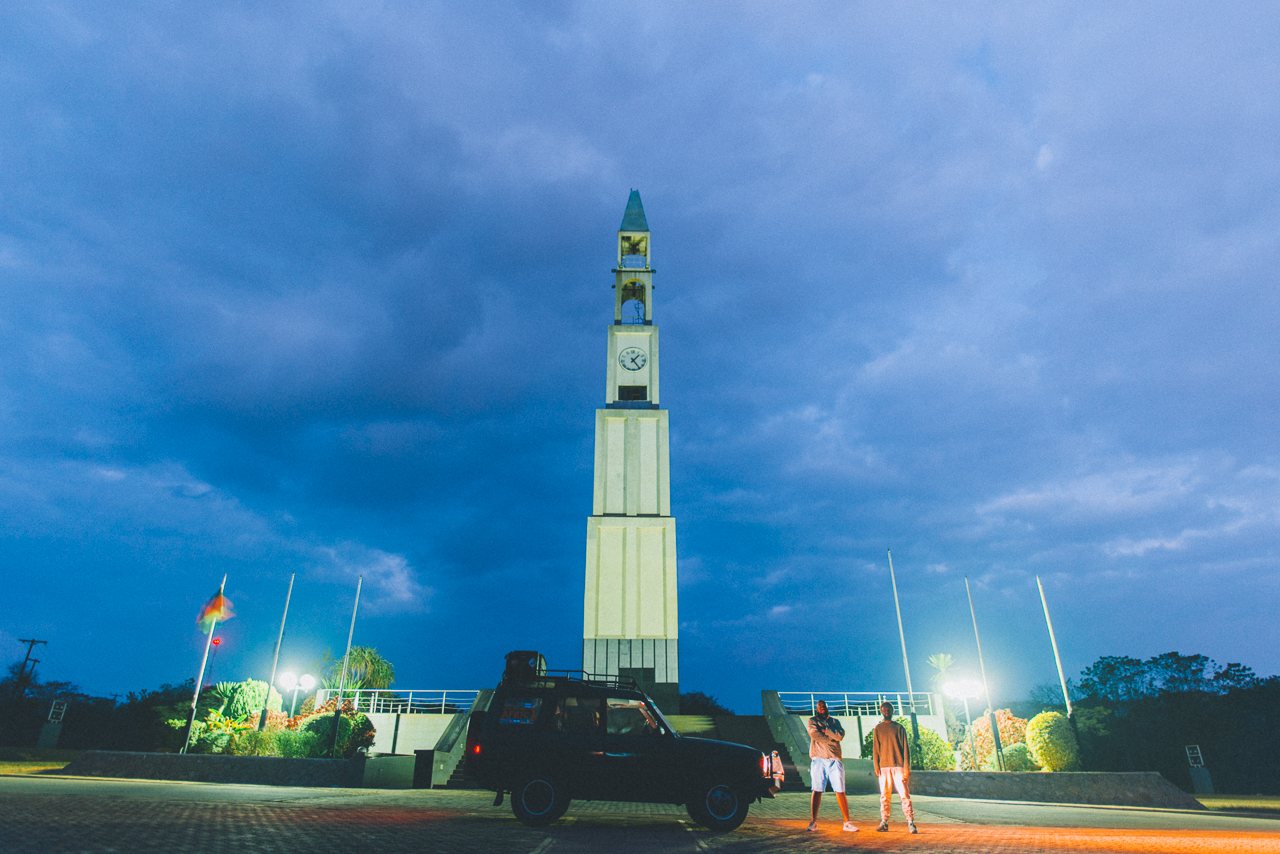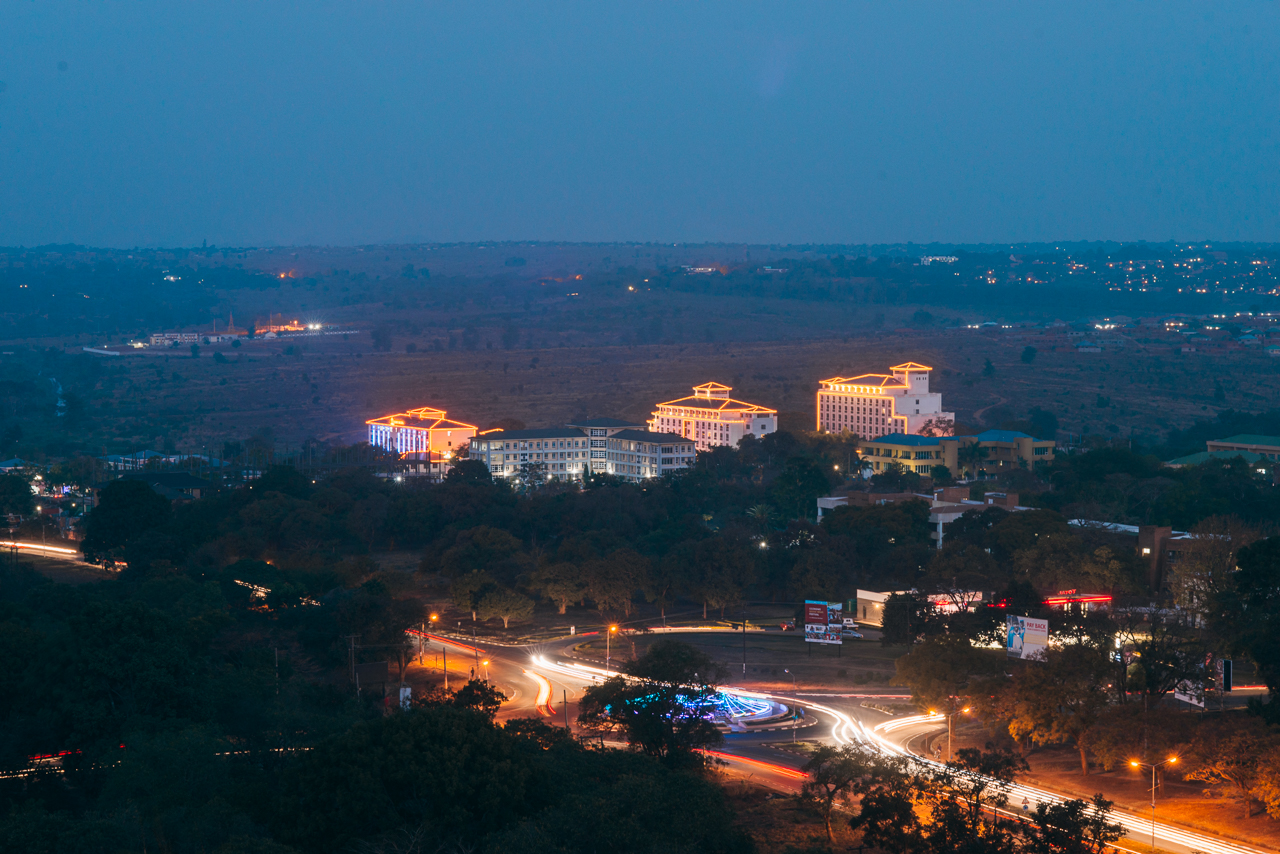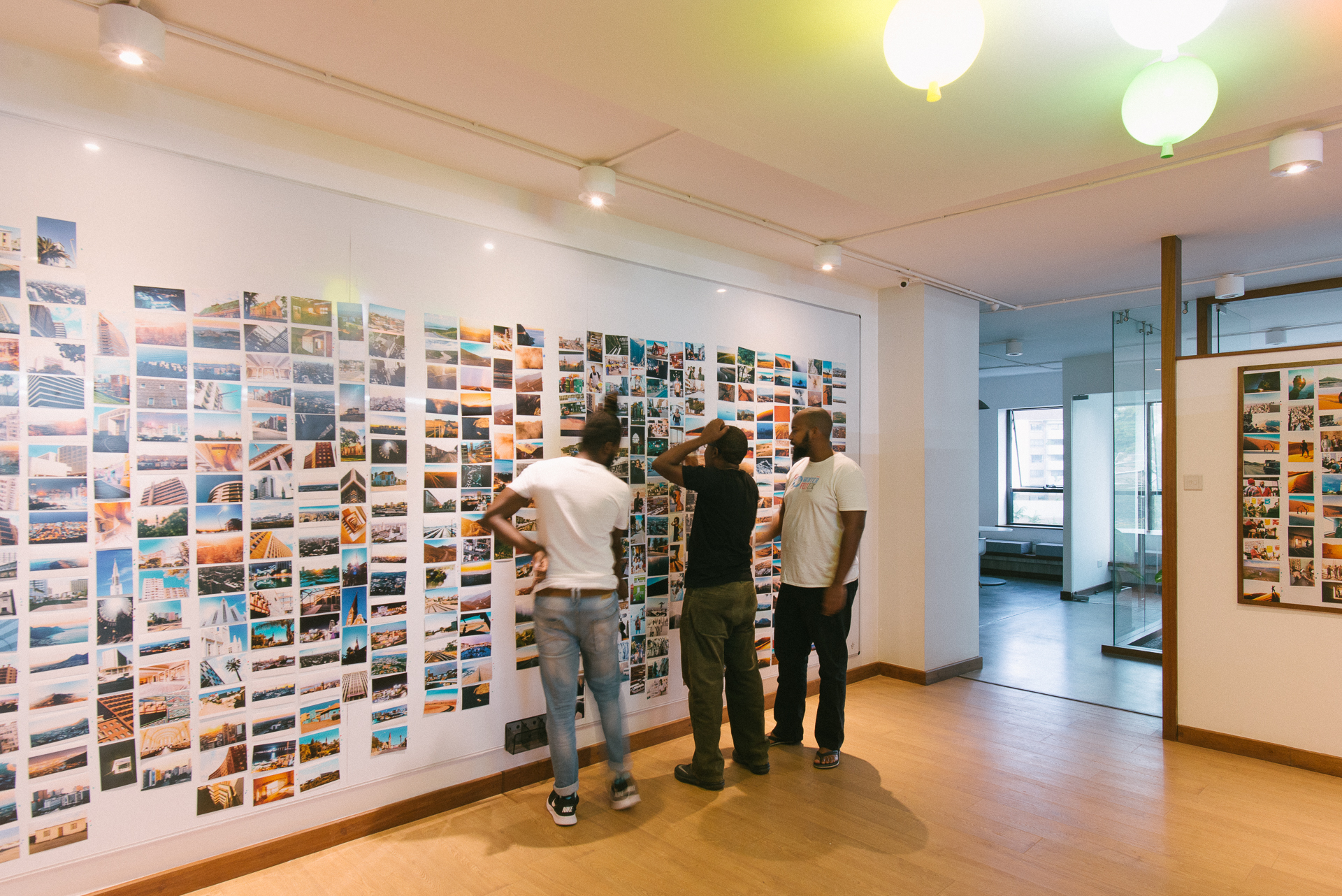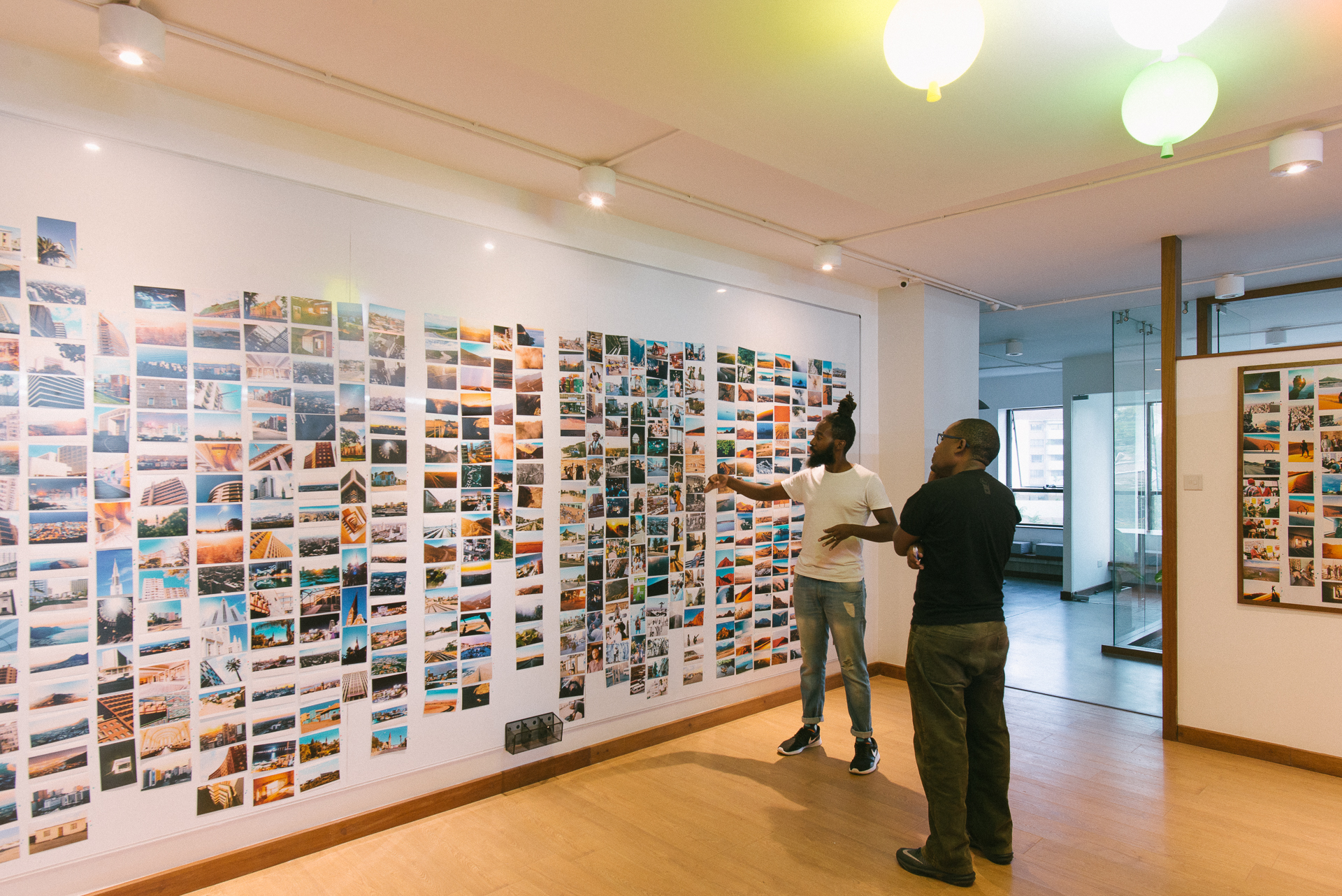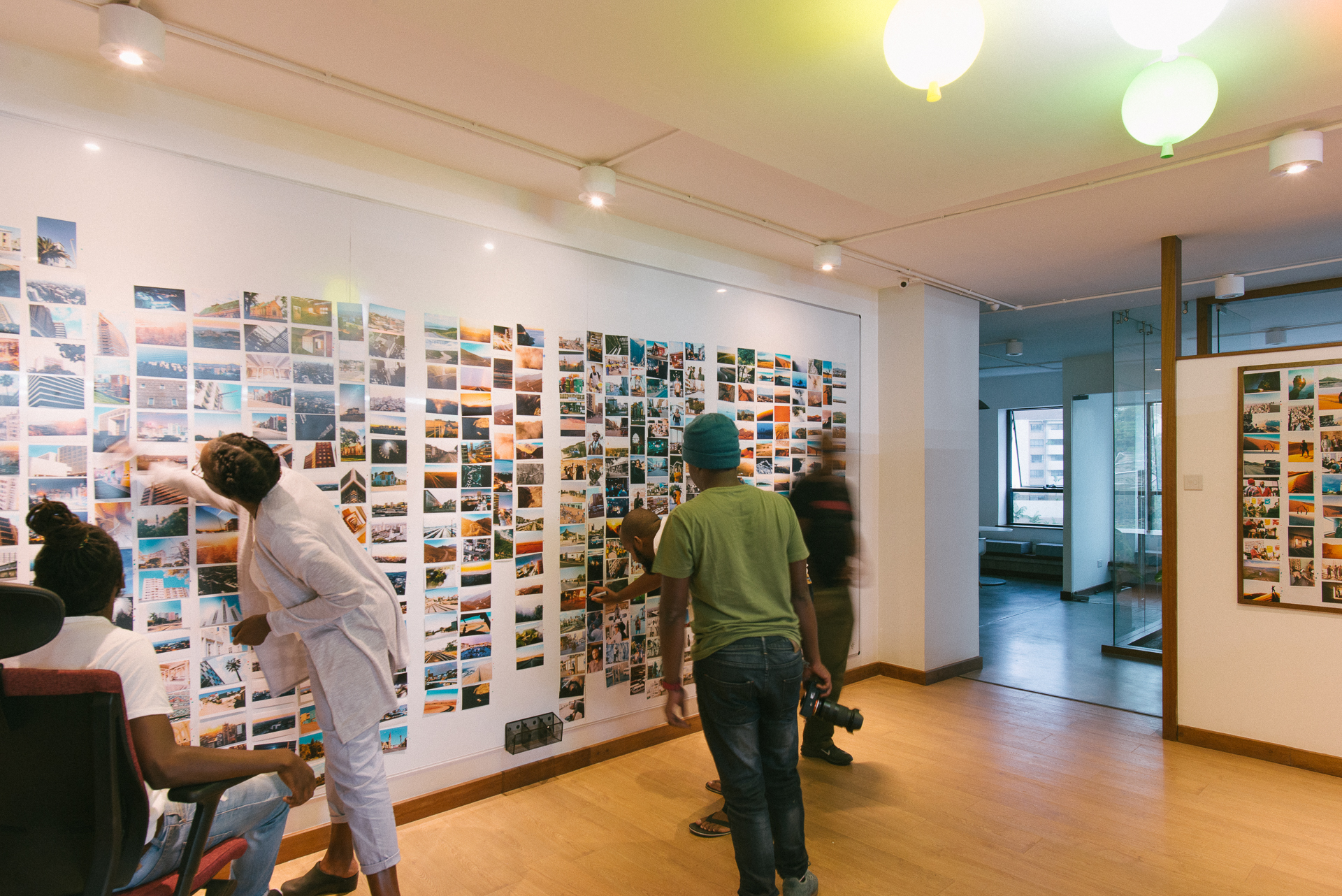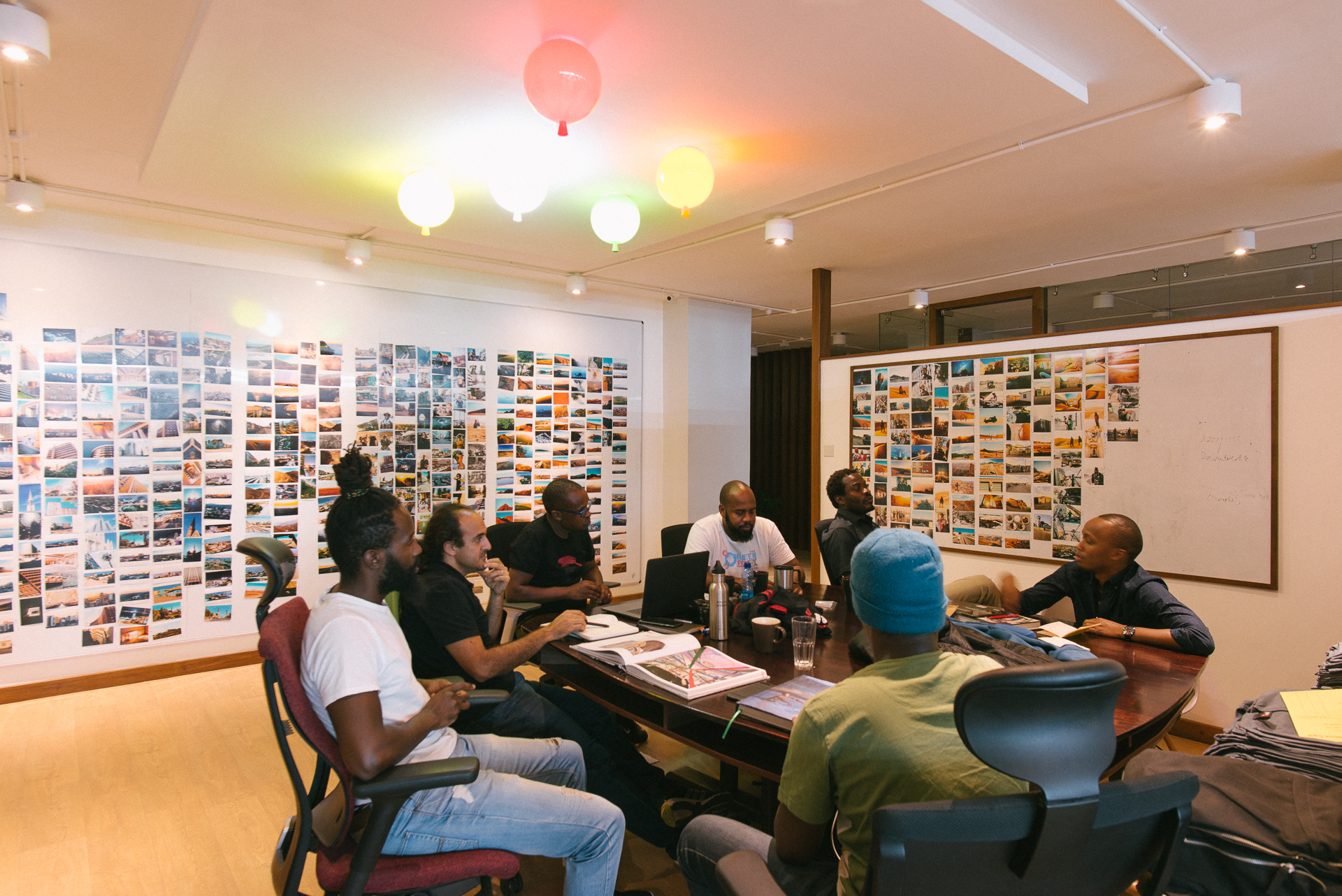19.07.2019 Unscrambling Africa Update (Africa NF)
In 2012, an idea got in to my head to photograph all African cities like i’d been doing for Nairobi. The idea took root and in 2015 it started to look like it would materialise. I met people who shared the vision and in 2016 the idea started to solidify. We decided to crowd fund and raise funds for the project and in December 2016 we successfully raised the money and in Feb 2017 we set out to photograph all the capital cities of Southern Africa.
A month into the trip i had a tragic accident that was nearly fatal and halted the progress of the project. I underwent physical therapy for a year and in 2017 I was invited to the Africa No Filter fellowship from the Ford Foundation which was able to facilitate going back on the road to finish what we started.
Image by Joe Were in Iringa, Tanzania.
Unscrambling Africa is a exploration and documentation of African urbanity, landscapes and culture for Africans first then the world. It’s based on curiosity about this continent in the simplest way possible. The documentation was done through photography and video.
The intention is to share this information so other Africans can be inspired to want to see more of this continent. That the curiosity may be sparked to know how people in other countries live.
We took off in March 2018 and started in Tanzania where we drove through straight to Malawi and drove up to Livingstonia (1st photo below) through 9km of more than 15 hair pin turns then down to Nkhata bay (2nd photo below) on the shores of Lake Malawi.
On day 12 we drove from North Malawi straight to Livingstone through Chipata in Zambia. A quaint little town with a mighty mighty waterfall. Mosi Oa Tunya aka Victoria falls was full as the rainy season was just ending. What a majestic site to behold.
On Day 19 we crossed over into Botswana and drove through Northern Botswana. From Nata to Maun which is the largest city in the North mostly because of tourism. The presence of the parks and Okavango make the place swarm with tourists coming to se the wildlife. The small population of Botswana makes driving a very lonely affair. We met less than 10 cars on a 4hr drive to Maun. The benefit was stopping to photograph the starry night.
On Day 23 we drove into Namibia and headed straight to Windhoek. Windhoek was such a big surprise mostly because the only thing i knew about Namibia is the deserts. Windhoek is a quaint European looking city in a valley in Namibia surrounded by hills. The sky in Namibia is the most beautiful blue. The city has a very apartheid design to it which is unfortunate. The ‘location’ (their name for low income settlements) are a distance away from the main city centre.
Some images of Windhoek below.
From Windhoek we spent a night under the stars in rocky Spitzkoppe (below).
From Spitzkoppe we went on to Swakopmund and Walvis Bay where we had our first experience of Kapana (their version of nyama choma) and finally had our first sand dune experience which is what i’d been dreaming of for years.
Namibia is a huge beautiful country and we didn’t stay in the cities much. From Swakopmund we drove back to Windhoek then to Dedvlei, the desert of dead trees, attempted to climb on of the largest dunes in the world, Big Daddy (we didn’t get far. In fact we got nowhere). We visited the seaside fishing city of Luderitz and marvelled at the forgotten, dune filled houses of Kolmanskoppe and finally left Namibia via the mighty mighty Fish River canyon.
On Day 43 we crossed the border from Namibia into South Africa and slept in the car in the freezing Northern cape due to car trouble. The night went down to 2deg Celcius. We also decided to do the longest drive yet and rest in Johannesburg. We drove 830km to Johannesburg and slip all day the next day (it was a Sunday).
One special thing was that we taught a class in Umuzi media school to student story tellers and shared our experience from Unscrambling Africa.
On Day 53 we took a bus to Maputo and left Luanda (our car) getting some much needed repair done in Joburg. In what was a horrible start to our stay in Maputo, the border control cops extorted $280 from us to cross the border. I had no idea on how Mozambique looks so Maputo was so intense. It’s an old city with a young soul. Beautiful in so many ways and the people are the best part of the city. We had so many interviews to do, we didn’t sleep more than 4hrs in the 4 days we spent there.
On Day 57 we headed to eSwatini (formerly known as Swaziland). Thankfully our trip coincided perfectly with Bush fire festival which was headlined by Kwesta and had performances by Yemi Alade, Lady Smith Black Mambazo and Salif Keita. We also got to speak with students in Waterford who had been inspired by Unscrambling Africa to use the same theme for their Africa Week celebrations.
On Day 68 we drove into Lesotho and stayed to shoot in Maseru. A photographer i met on Instagram called Justice ended up being so instrumental to making our stay here fruitful. Apart from the city, one of the exciting things here was going to be trying to chase snow. I’d never seen snow before in my life so this was going to be special.
I wasn’t ready for the cold in Lesotho. Most nights got to -6deg and we had to buy winter clothes in Joburg before coming here.
Day 77 found us in Pretoria, the capital of SA. As much as this city is the capital city, Joburg is the financial capital of SA.
Day 79 and we cross over from SA to Botswana and straight to Gaborone. The city isn’t as connected technologically which made for some difficulty in accommodation and navigation. That said, having a city with less than 400,000 people has its benefits. So much perusal space.
Day 84 found us crossing from Botswana to Zimbabwe. It took over the record for being the longest continuous drive on the trip. We drove 1067km from Gaborone to Harare because time was far gone and the budget was almost non existent at this point. The border crossing was one of the smoothest in terms of readily available information which somehow I didn’t expect from Zimbabwe.
Harare as a city feels like it's stuck in the 80’s architecturally. There haven’t been many new buildings in Harare in a whiled it contributes to the dated look of the architecture. We also didn’t get to meet many young creatives while here and i was curious as to whether that was a result of people moving out of the country or lack of creativity.
Day 88 we crossed another border from Zimbabwe to Zambia. Drove all day and made it to Lusaka by nightfall. By this time the fatigue was very real and staying focussed was very hard as we neared the end.
Shooting in Lusaka was a lot more difficult than Harare which had been a free and open city to shoot in. The people were suspicious of the camera and the fact that an election was coming soon didn’t help. In a scary incident, some hawkers threw a rock at us for thinking we were filming them.
Day 91 was exciting because it was the day we were heading to our last city on the project, Lilongwe in Malawi. Something interesting I had noticed about Malawi is how a lot of the population lived outside the city. There seemed to be no one in the city centre yet when you left the city, you’d suddenly see so many people, especially on the roads. Such an interesting phenomena. Lilongwe is possibly the smallest city in terms of having a Central business district.
Some trip facts;
Length of trip - 104 days
Distance travelled - A little over 18,000km
Money spent on fuel - $2,579.4
Car breakdowns - 15
Money spent on border crossings - $902.8
Longest continuous drive - 1067km (Gaborone to Harare)
Since we got back, we realised how much the trip had taken out of us in terms of fatigue and mental drainage from not having a stable schedule or bed for 3 months. We also realised how much of a burden we had placed on ourselves by doing jobs that typically would take a film crew of 5. We did all the driving, photography, filming, location scouting in cities we’ve never been to, logistics of accommodation and route planning, financial management, talent scouting & schedule planning for the whole project.
We definitely learnt a couple lessons from this for the next time we do another phase of Unscrambling Africa;
Whatever budget we have planned for the project, multiply it by 3.
Have a crew to share the other work outside the documentation. Especially the logistics.
Plan more, plan longer and leave room for mistakes.
Whatever time you plan the project for, multiply it by 2.
Actively factor in rest days that have nothing to do with the project. Time off. Just a day every couple of days.
The Book.
We got some help from the good people of Ark Kenya to help us narrow down the photos and lay out the book. They went through the 6,000+ photos we had to narrow down what would get into the book. Once that was down to 550, we printed all the photos and pasted them on the wall to see then and narrow them further to 350 that will make it into the book.
Below is the process of pasting all the photos on the wall for selection. It was the first time seeing the project as a complete body of work in terms of images.
Click to watch the videos below
After having all the images on the wall, we called in a few of our friends to share the stories and see what images they’d leave out of the book and what they would pick. We were happy to see them struggle as much as we did to reduce the number of images in the book.
We have had numerous meetings with Paul Otieno who is transcribing our adventures into words for the book. Apart from the photos, the book will be a collection of stories from our time on the road making all these photos.
At the moment we are about to receive the draft of the book layout to further continue the process.




